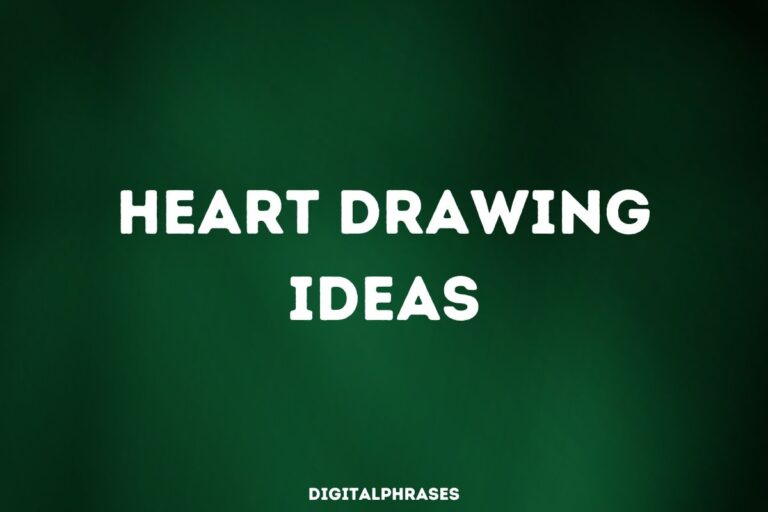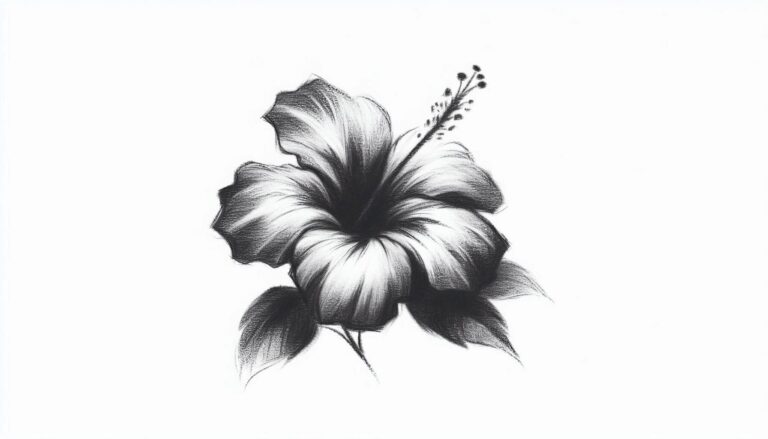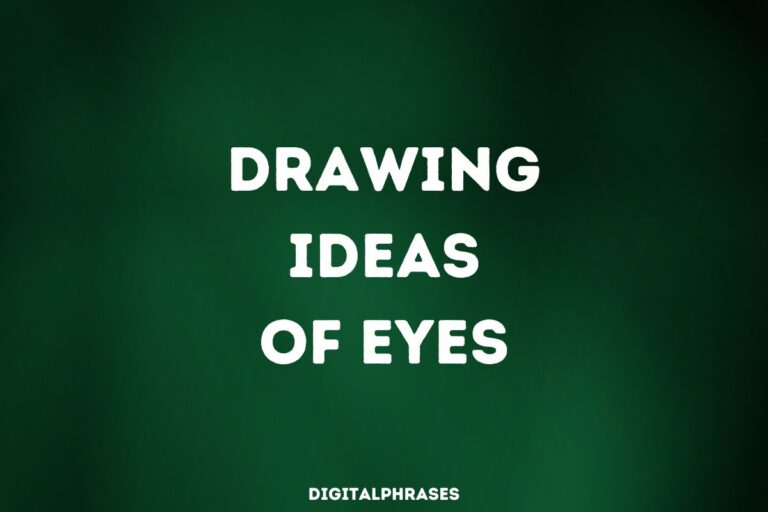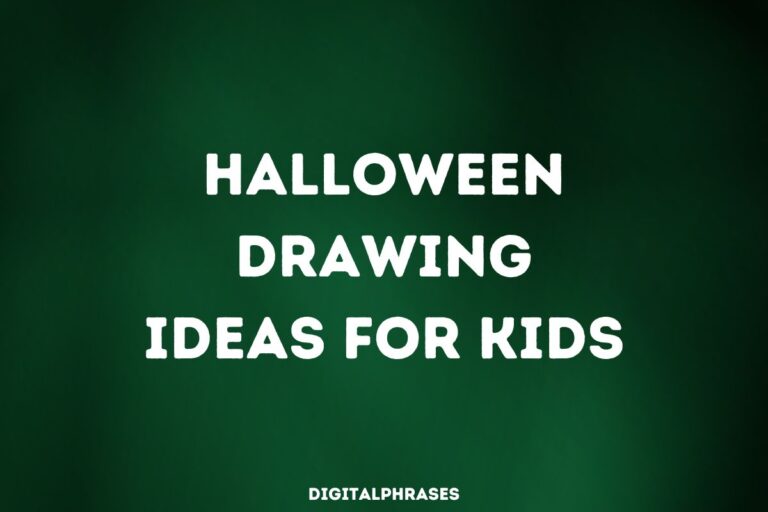40 Tough Drawing Ideas (Both Sketches and Color Drawings)
You know that moment when you sit down with your sketchbook, full of optimism, sharpened pencils, and… absolutely zero ideas?
Yeah, I’ve been there.
Staring at a blank page like it’s going to suddenly draw itself (spoiler alert: it doesn’t).
Sure, drawing a cute cat or a perfect flower is fun, but sometimes you just want to challenge yourself—and maybe throw your pencil across the room in frustration.
So, here’s the deal. I’ve put together a list of tough drawing ideas that will push your creative muscles to their breaking point.
Whether you’re sketching in black-and-white or diving into a full-on color explosion, these ideas are designed to make you sweat.
Think of it as artistic cardio: your brain might be out of breath by the end, but at least you’ll be one step closer to becoming a drawing ninja.
Ready?
Let’s dive into the deep end of the creative pool… and hope we don’t drown.
Tough Pencil Sketches
1
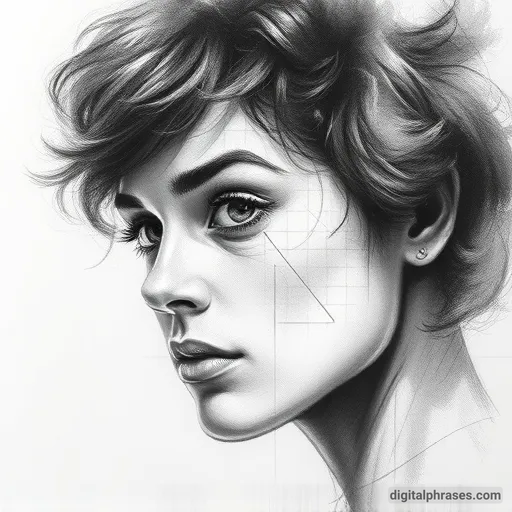
2
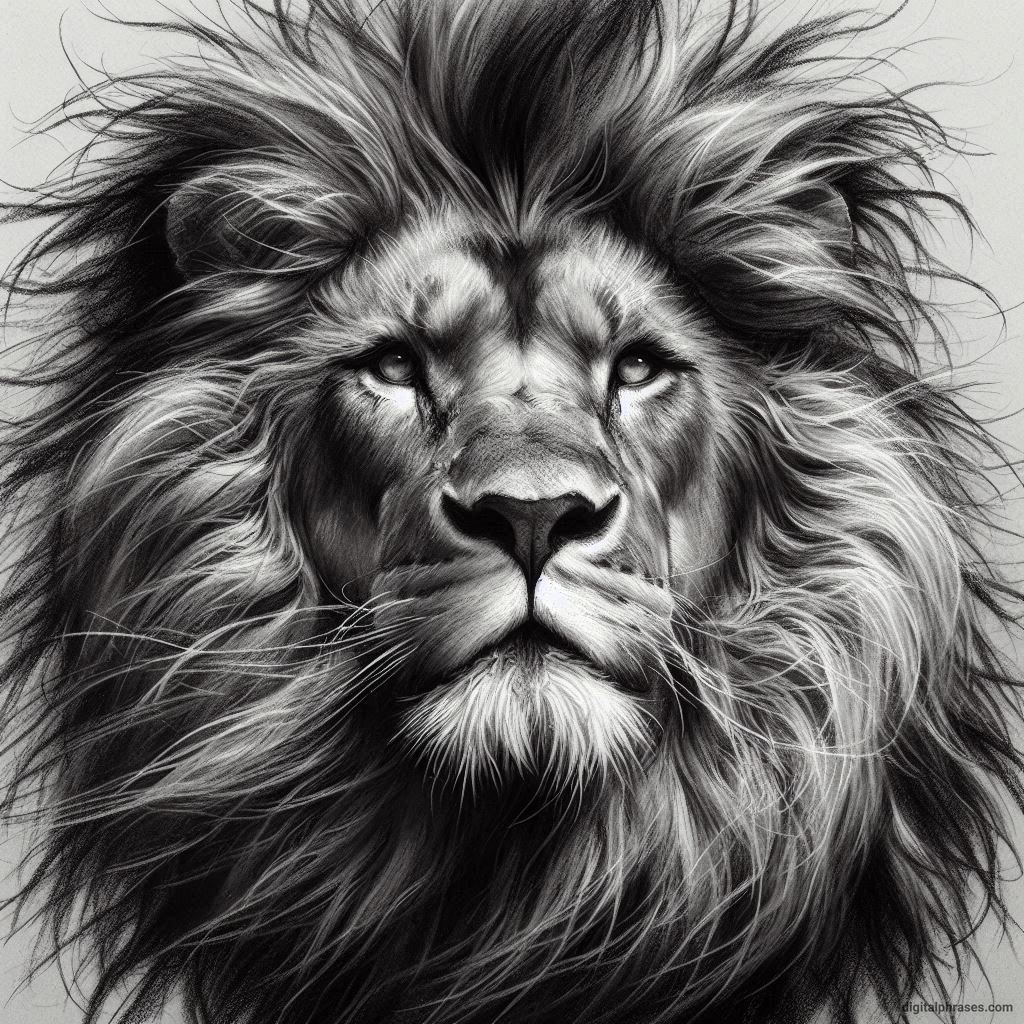
3
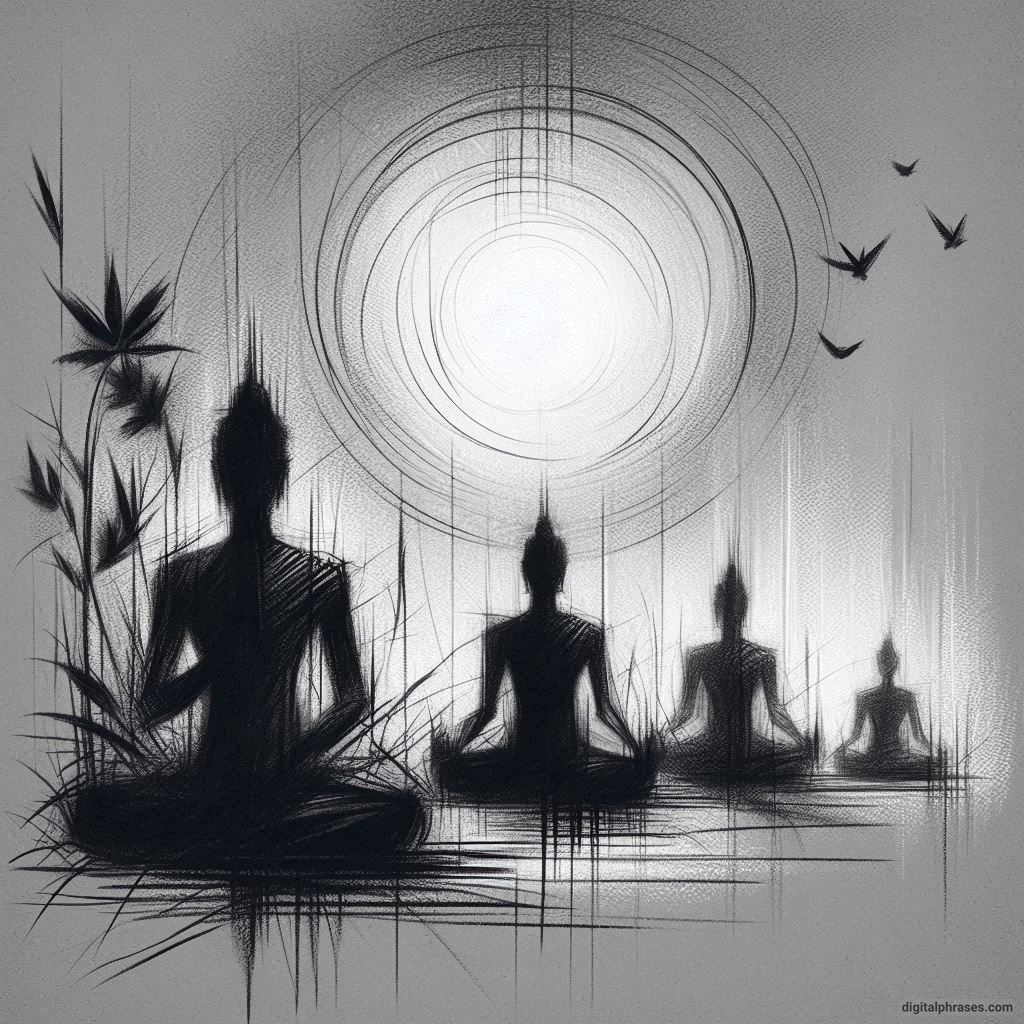
4

5
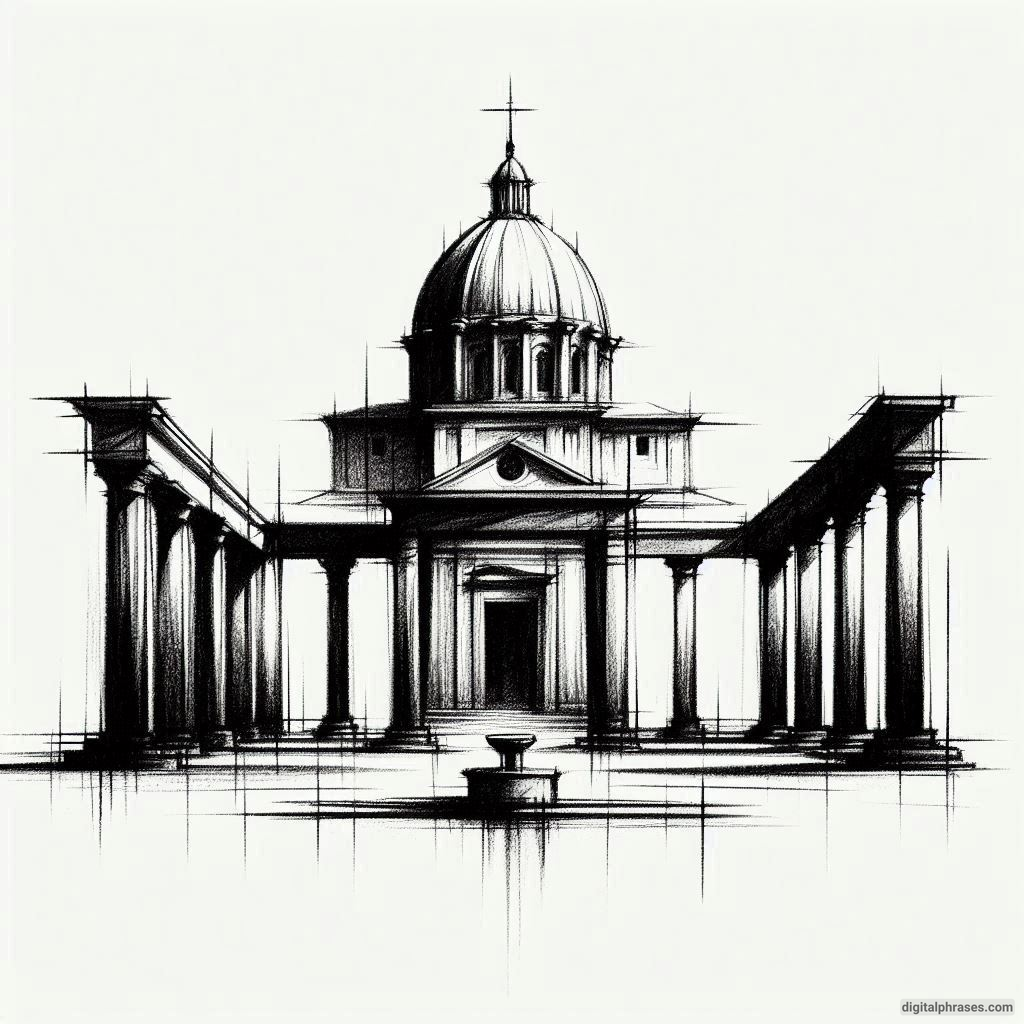
6
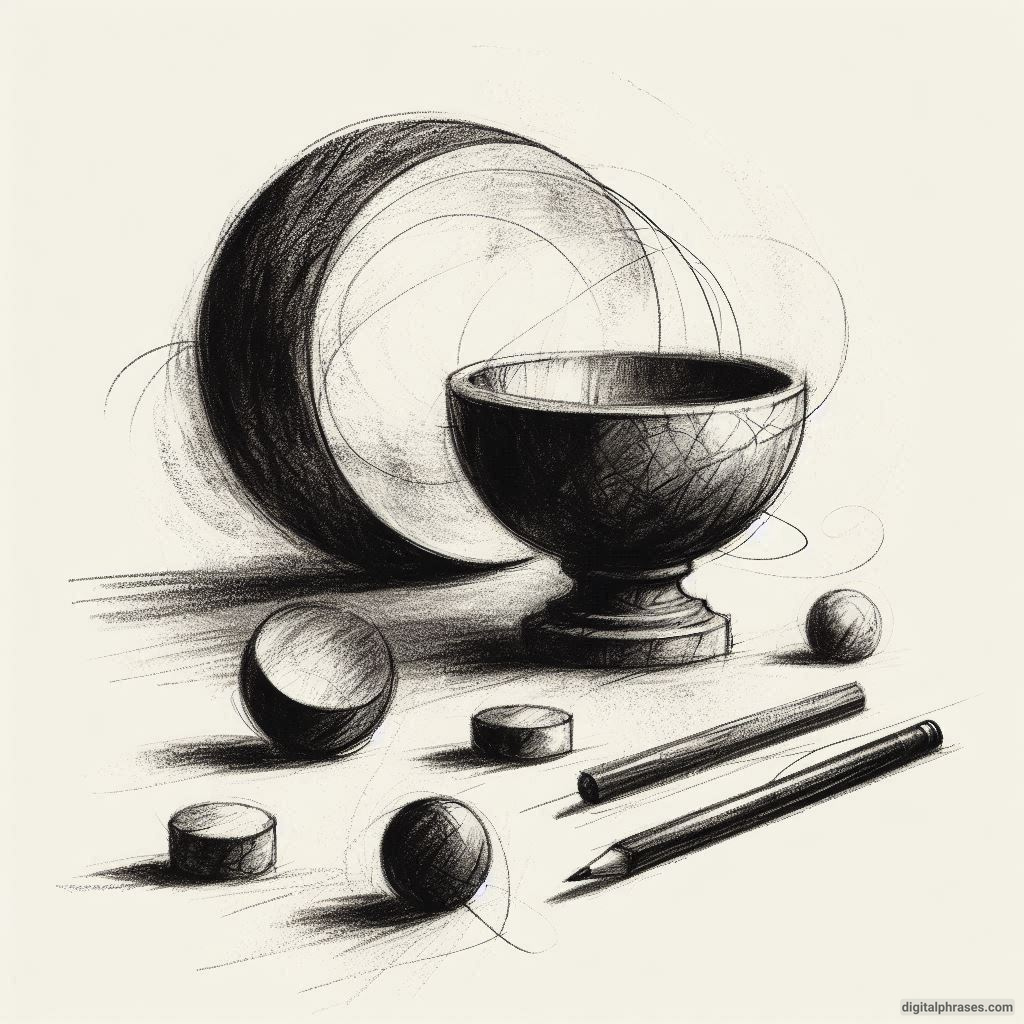
7
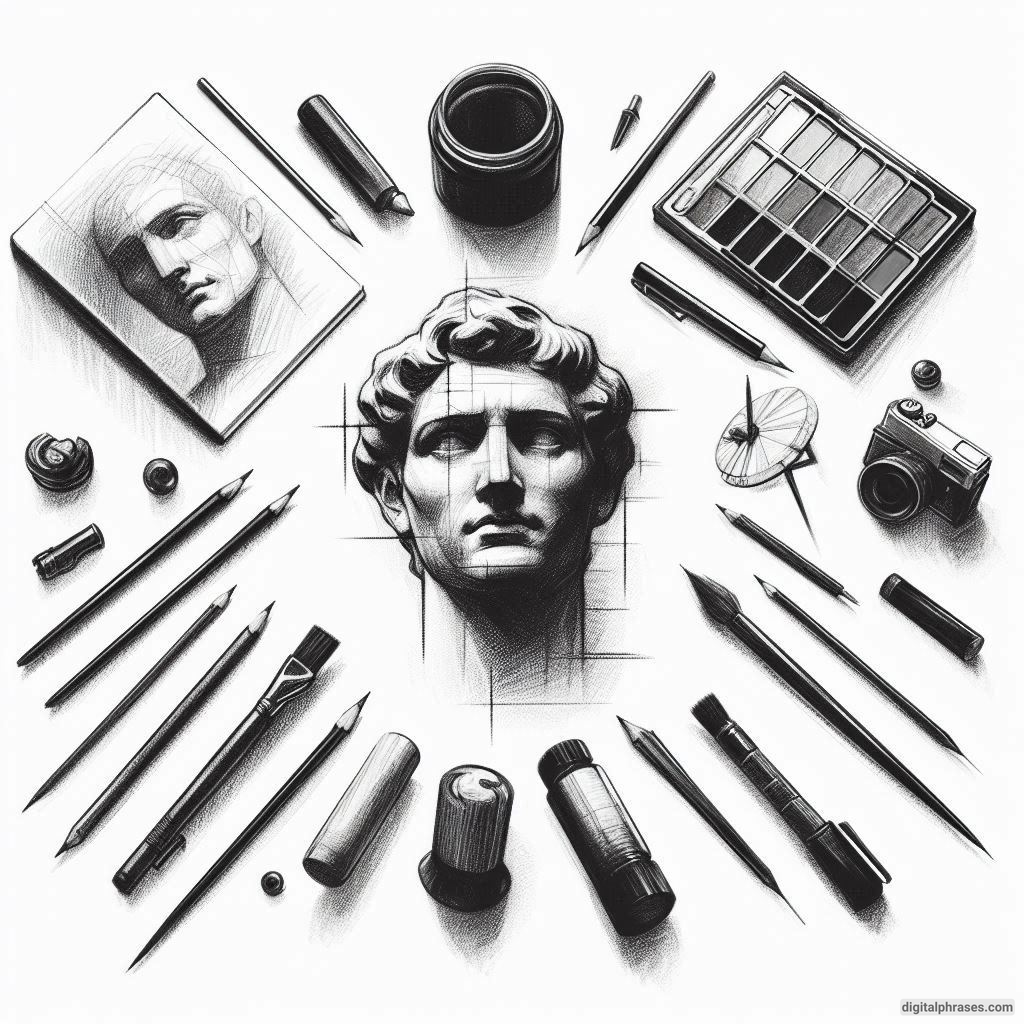
8
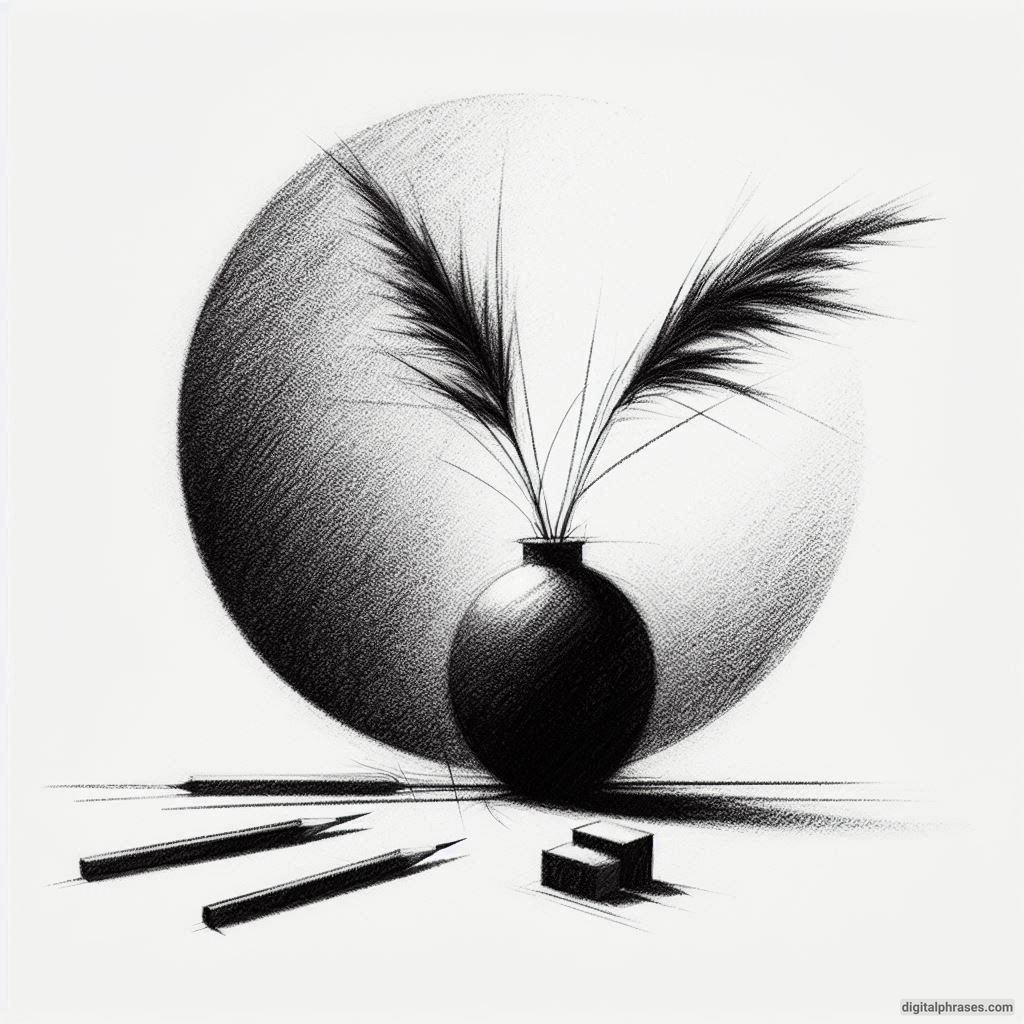
9
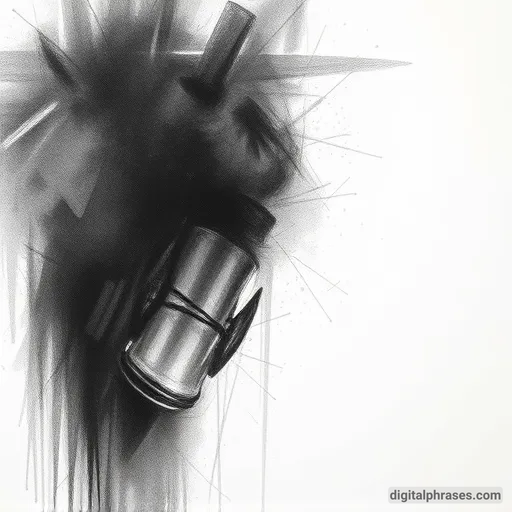
10
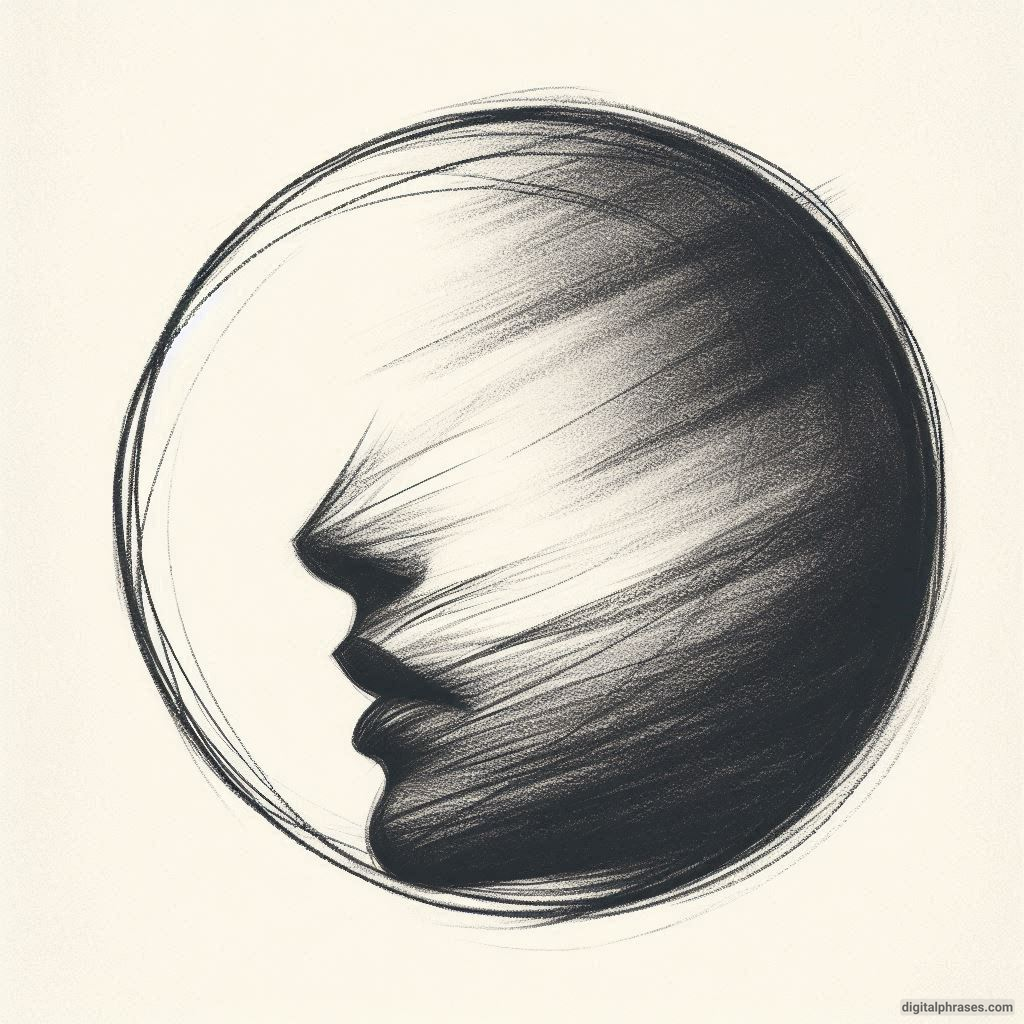
11
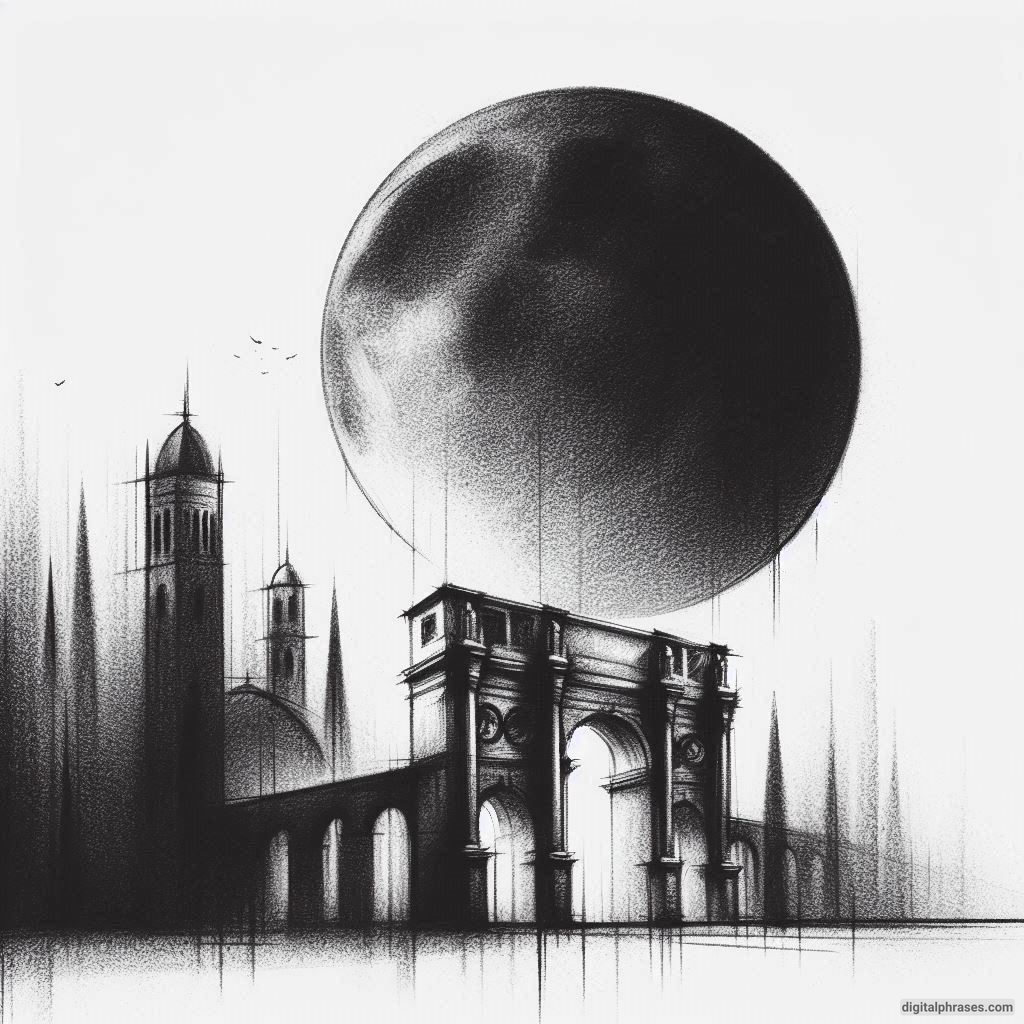
12

13
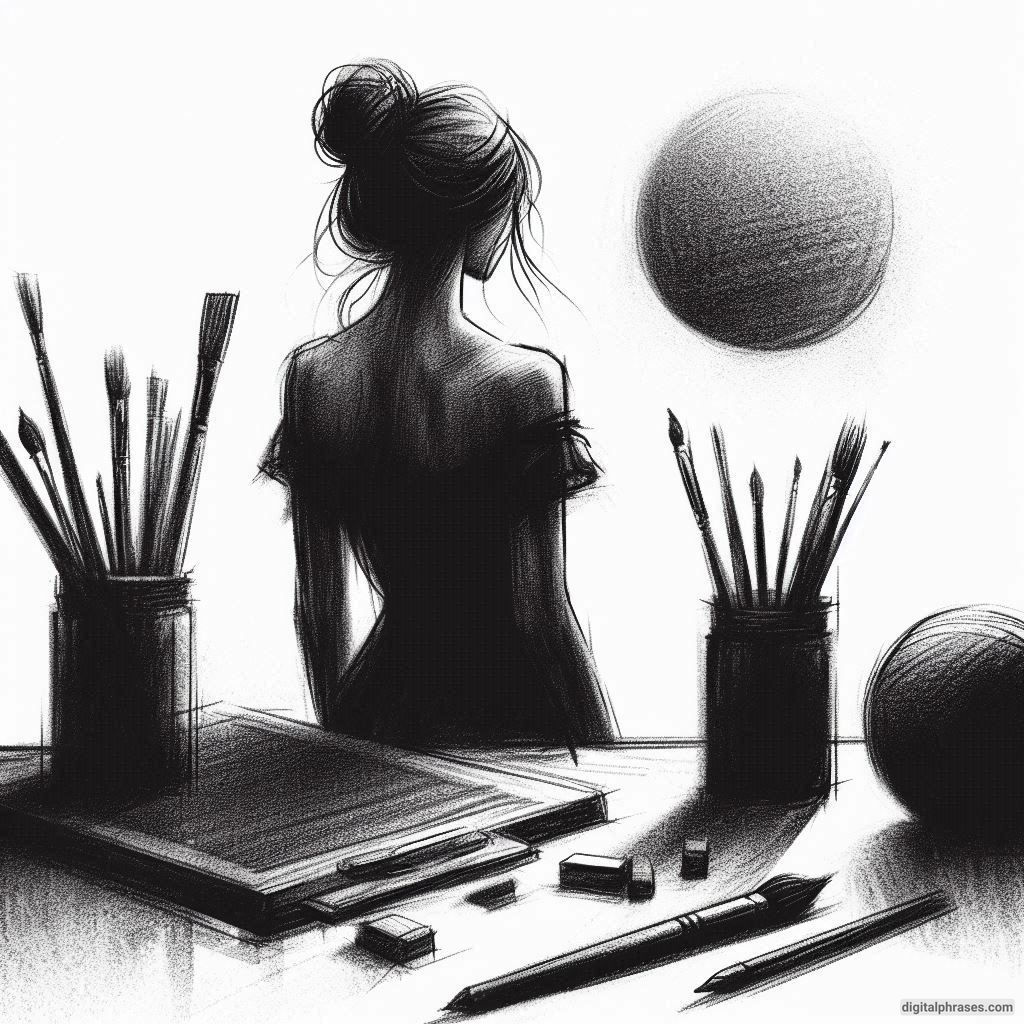
14
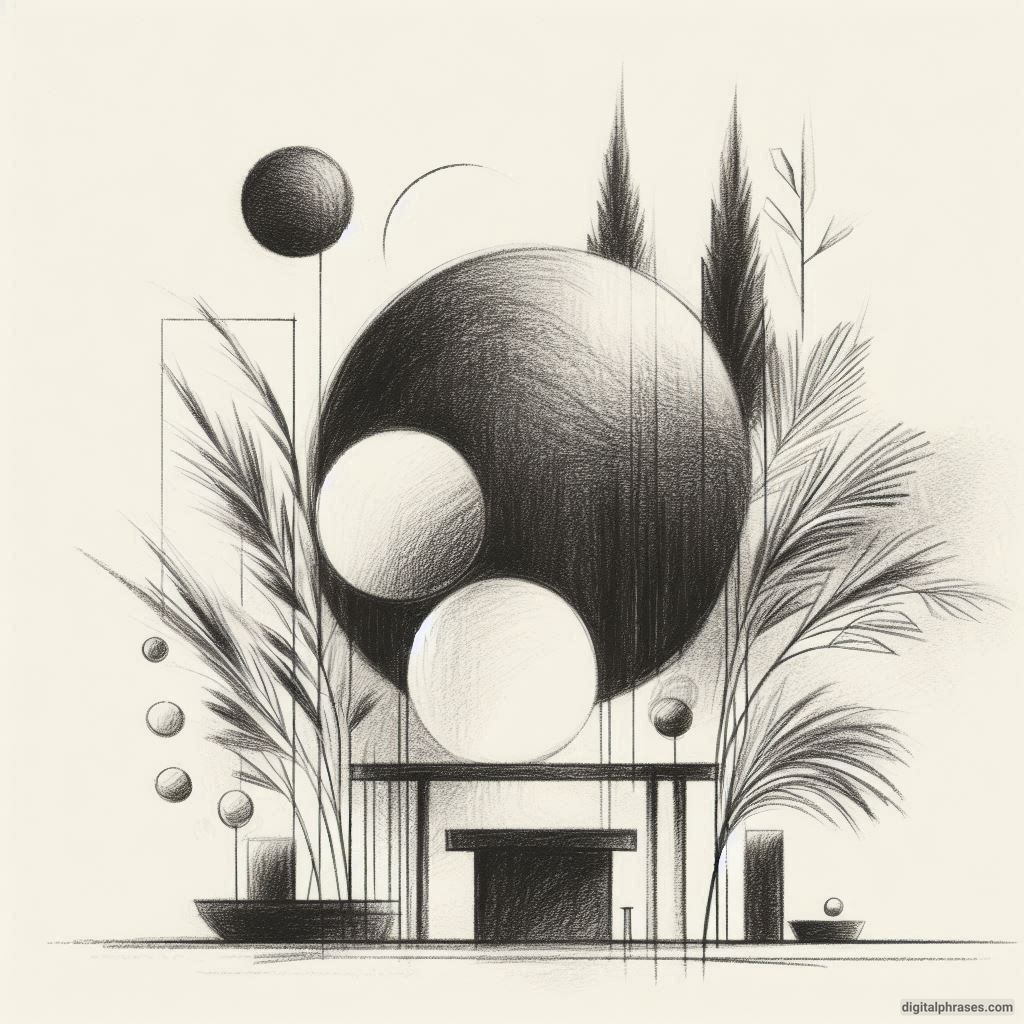
15

16
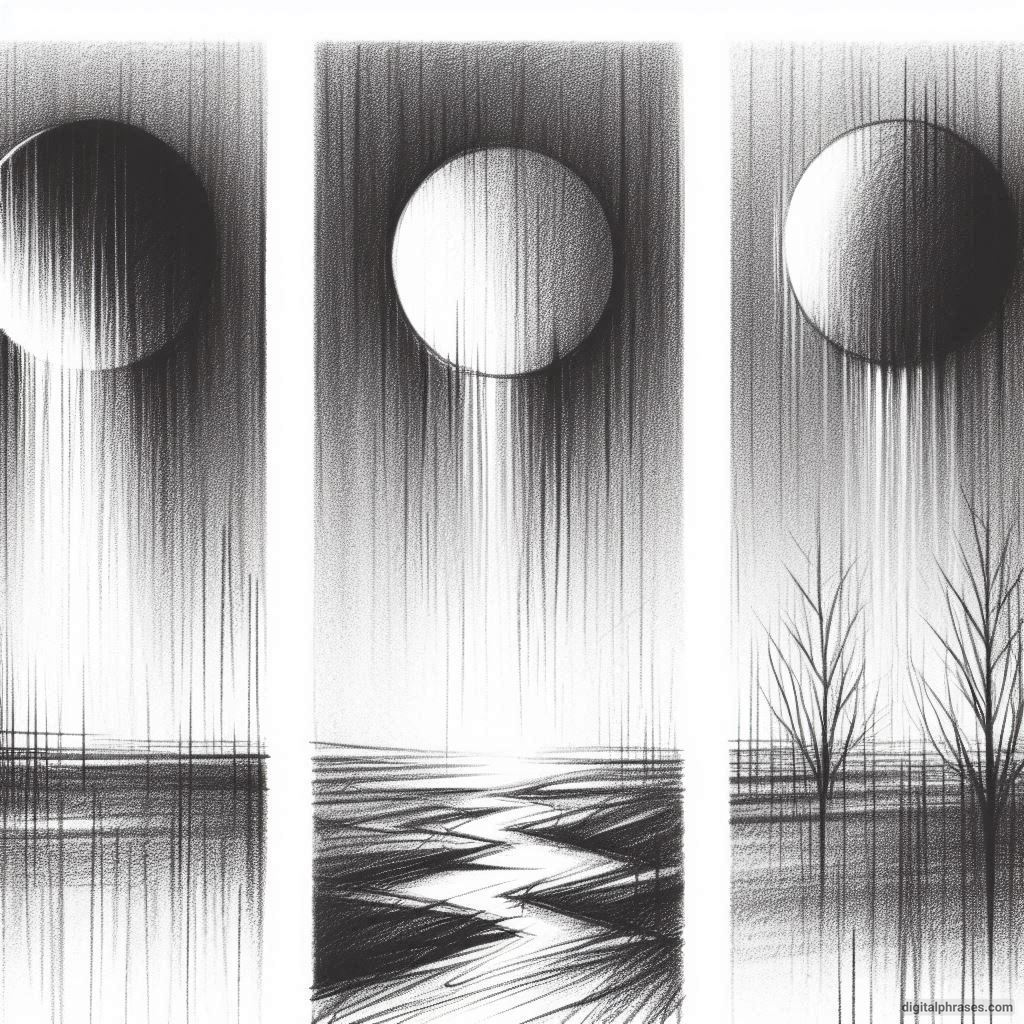
17
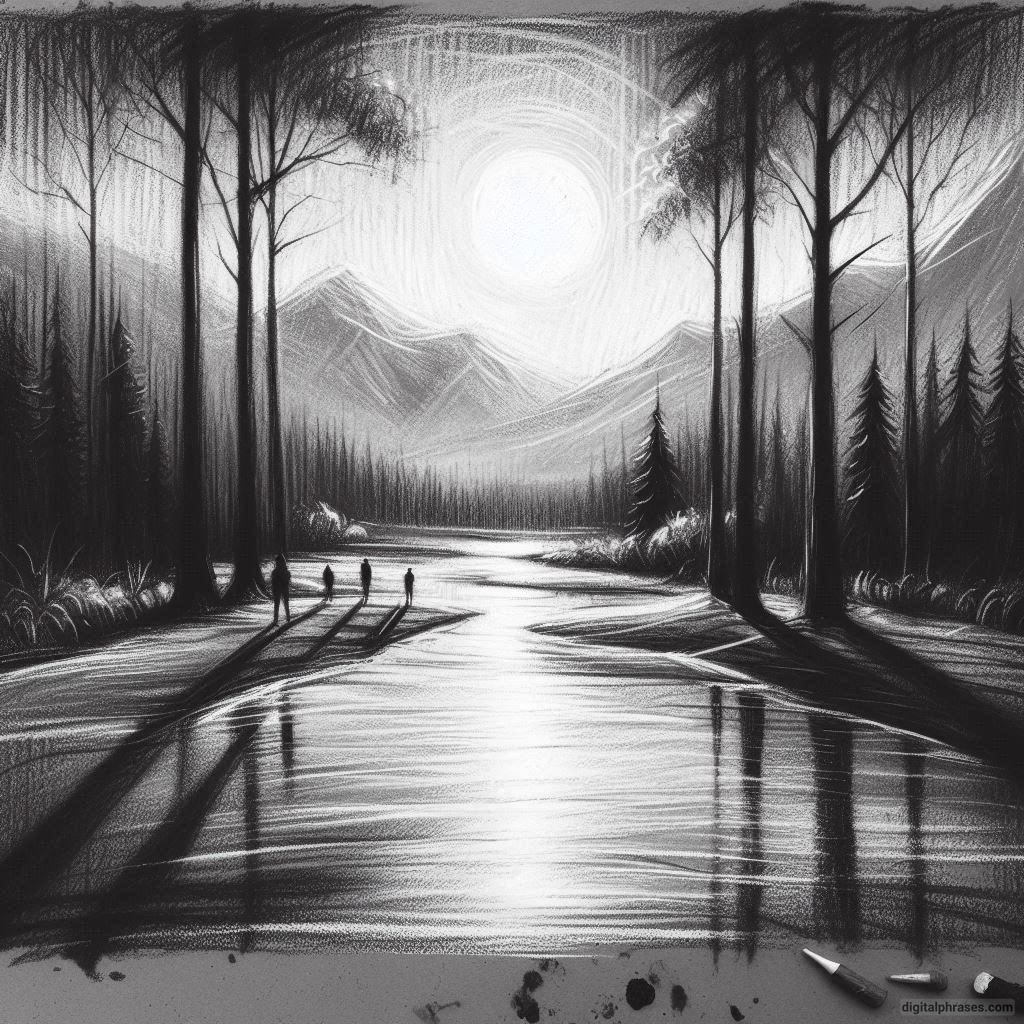
18
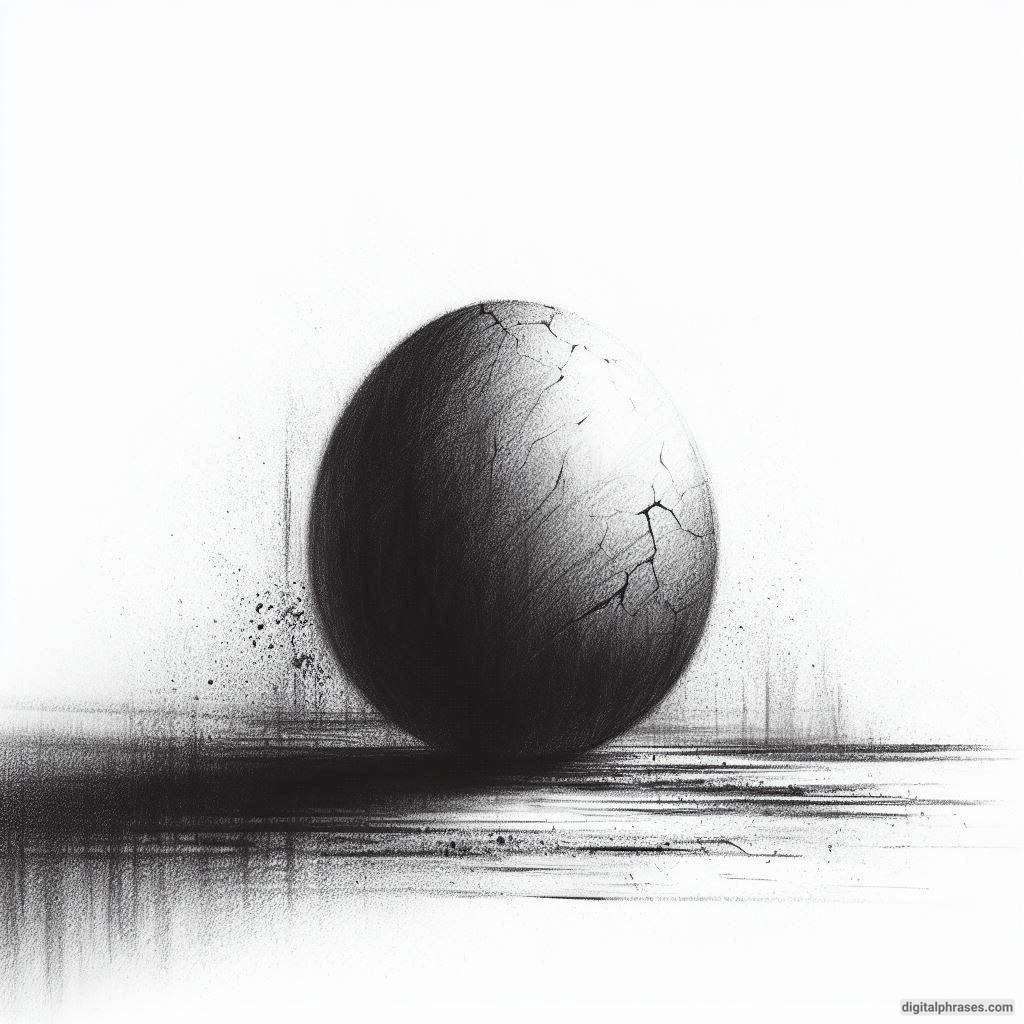
19
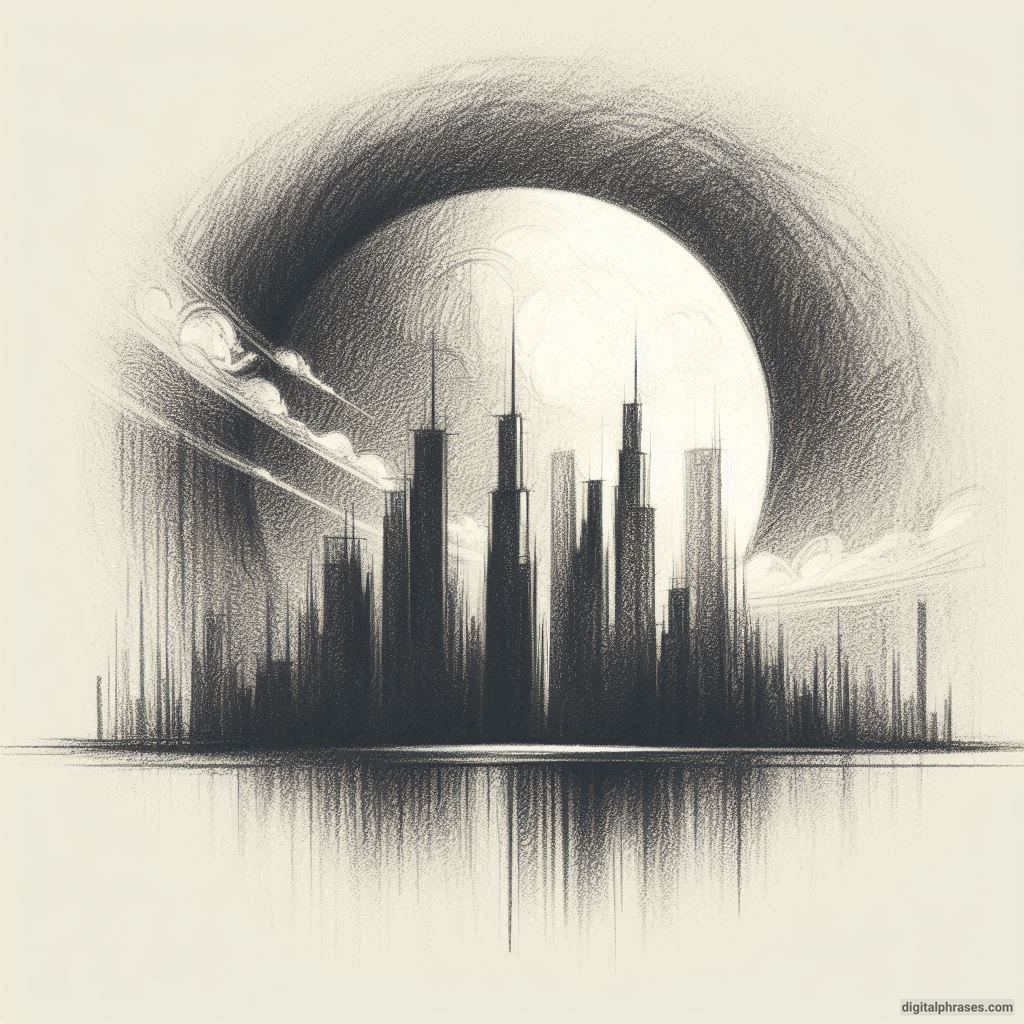
20
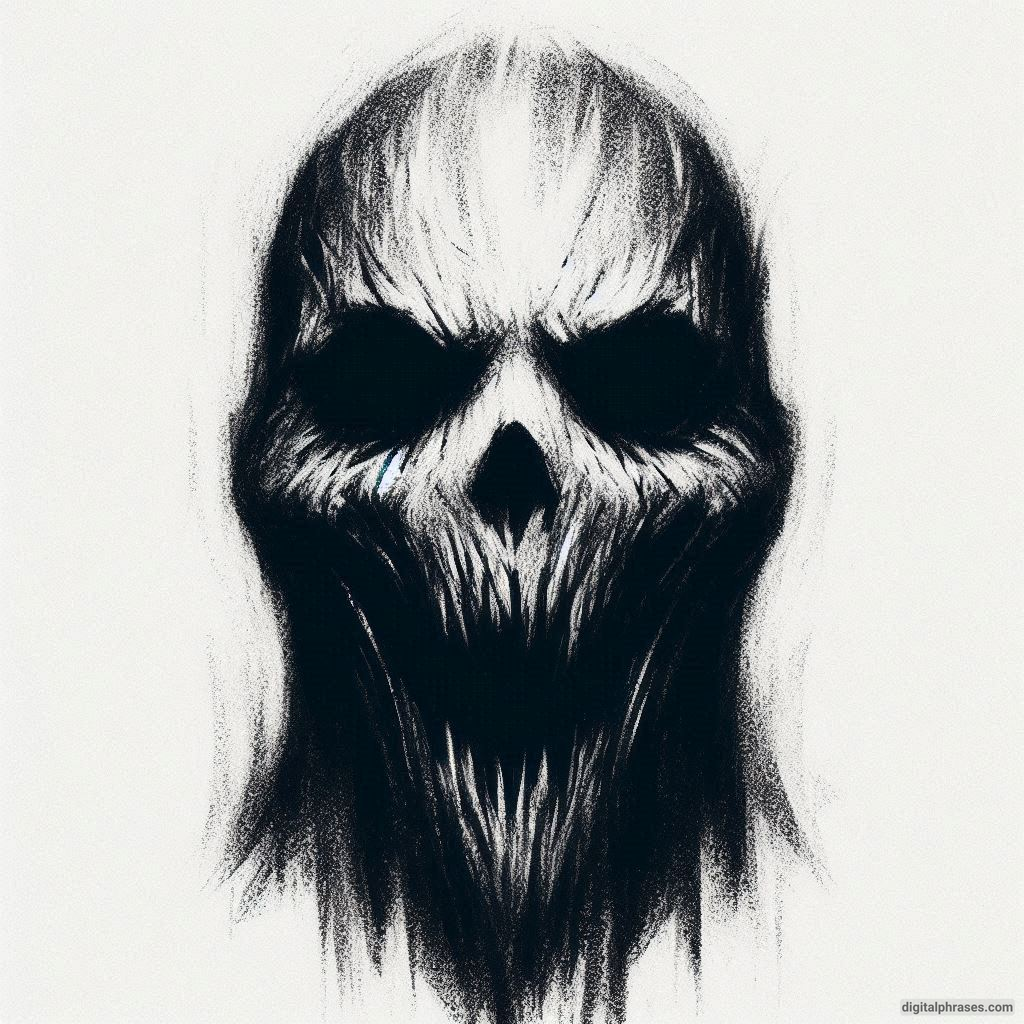
Tough Color Sketches
1

2
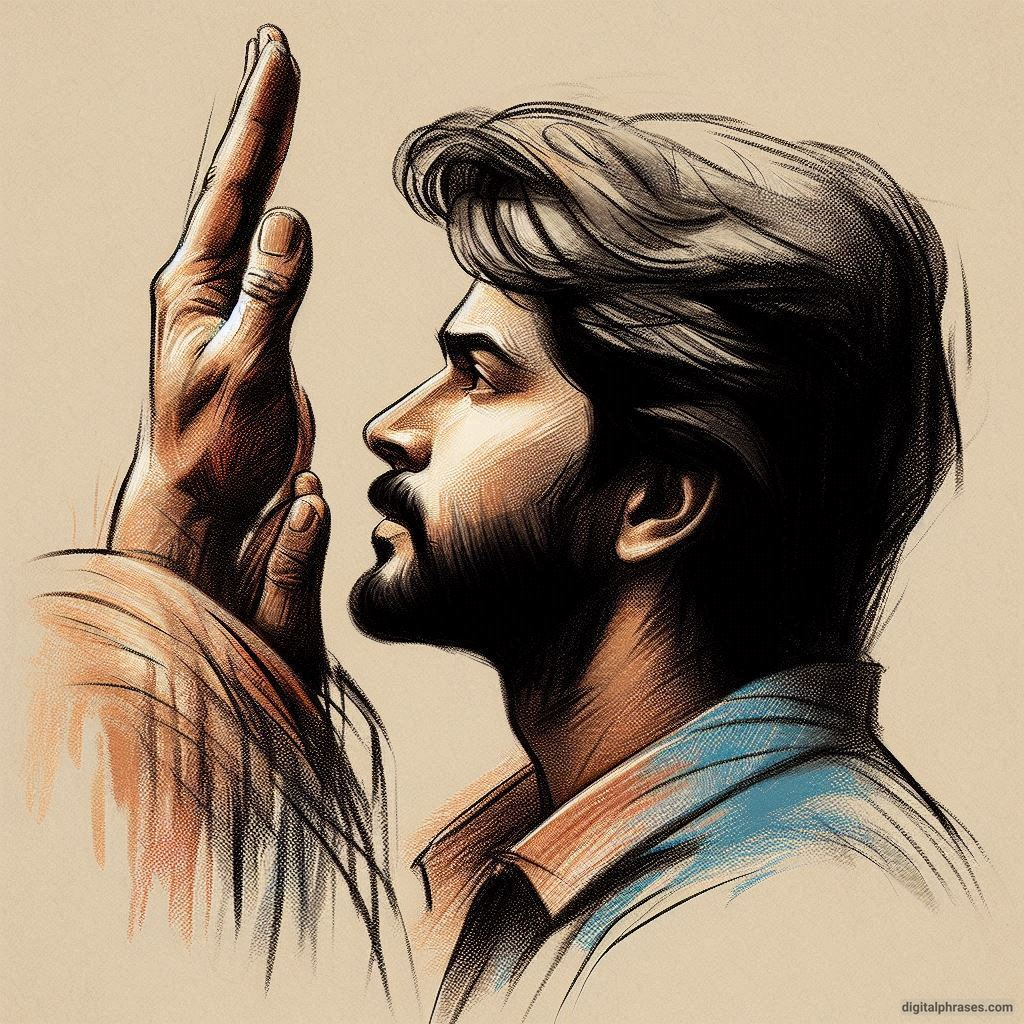
3
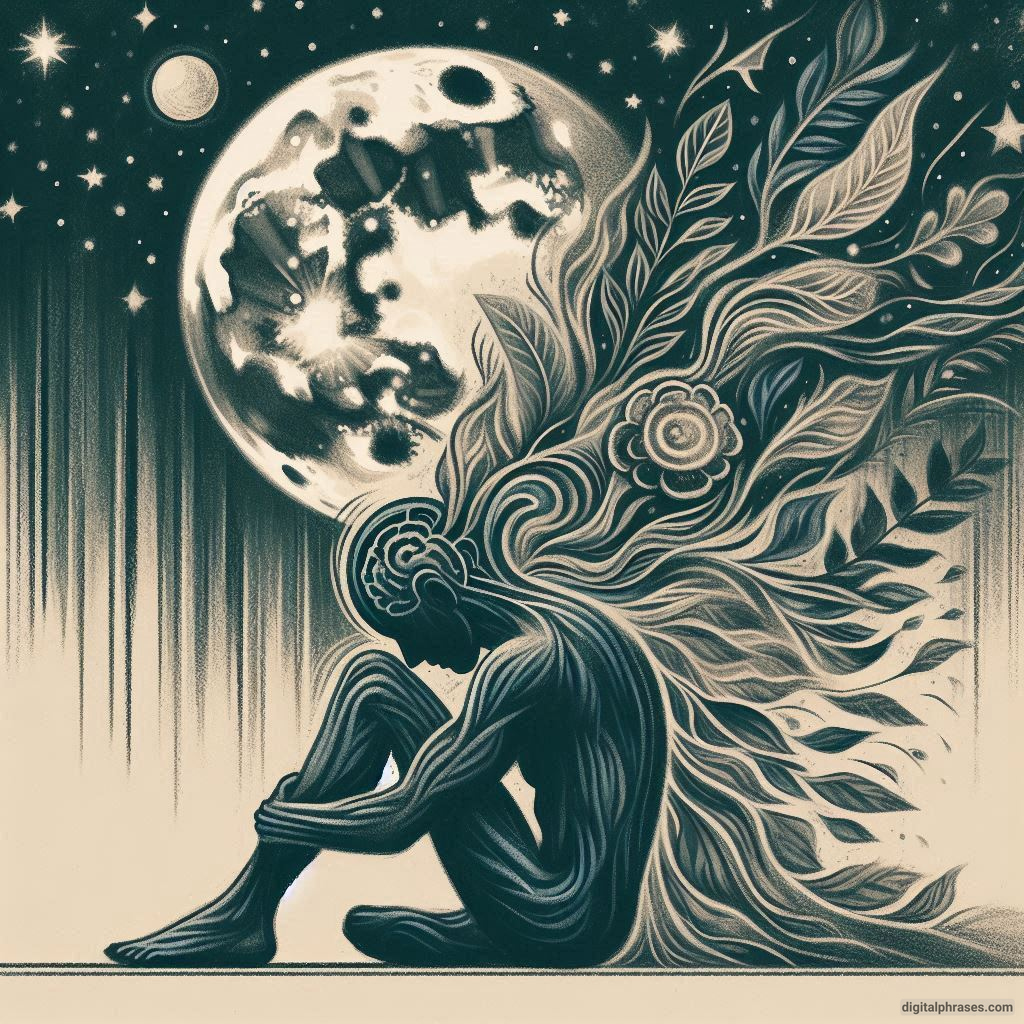
4
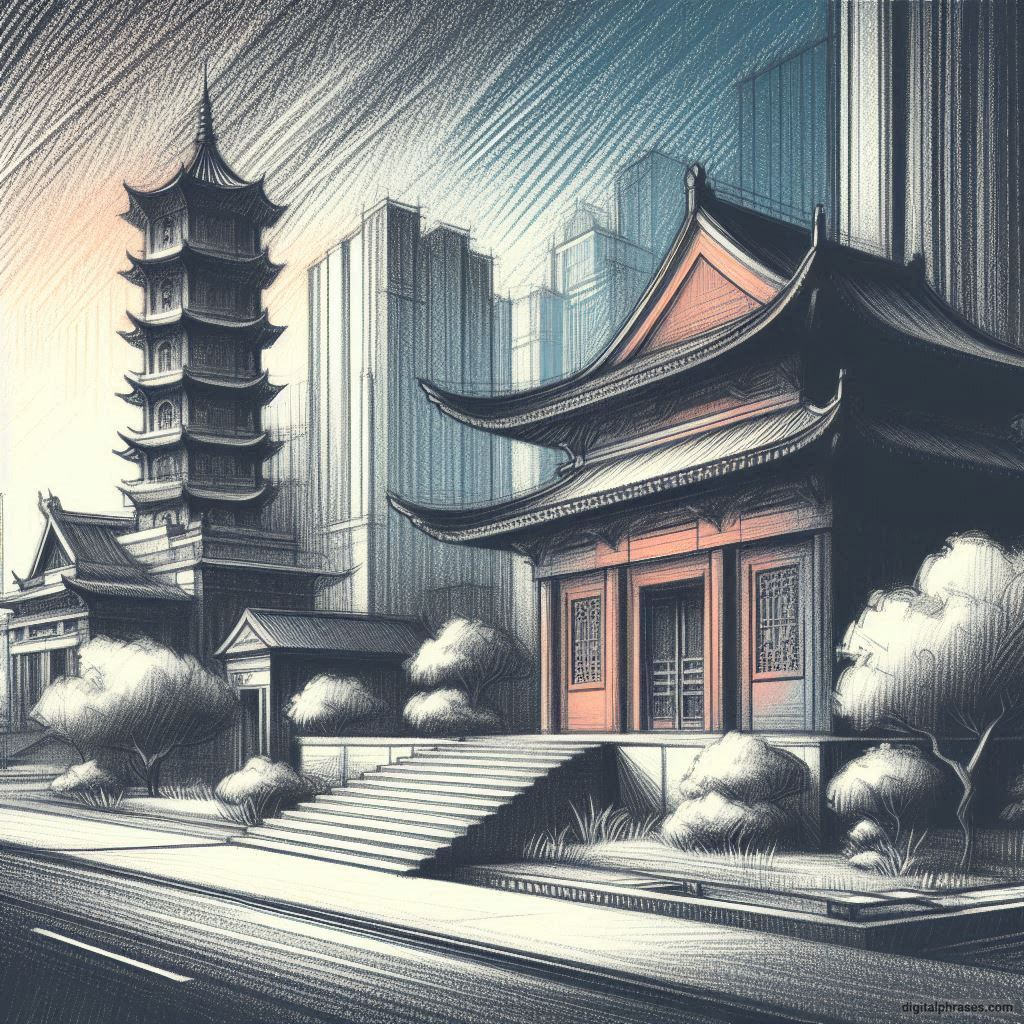
5
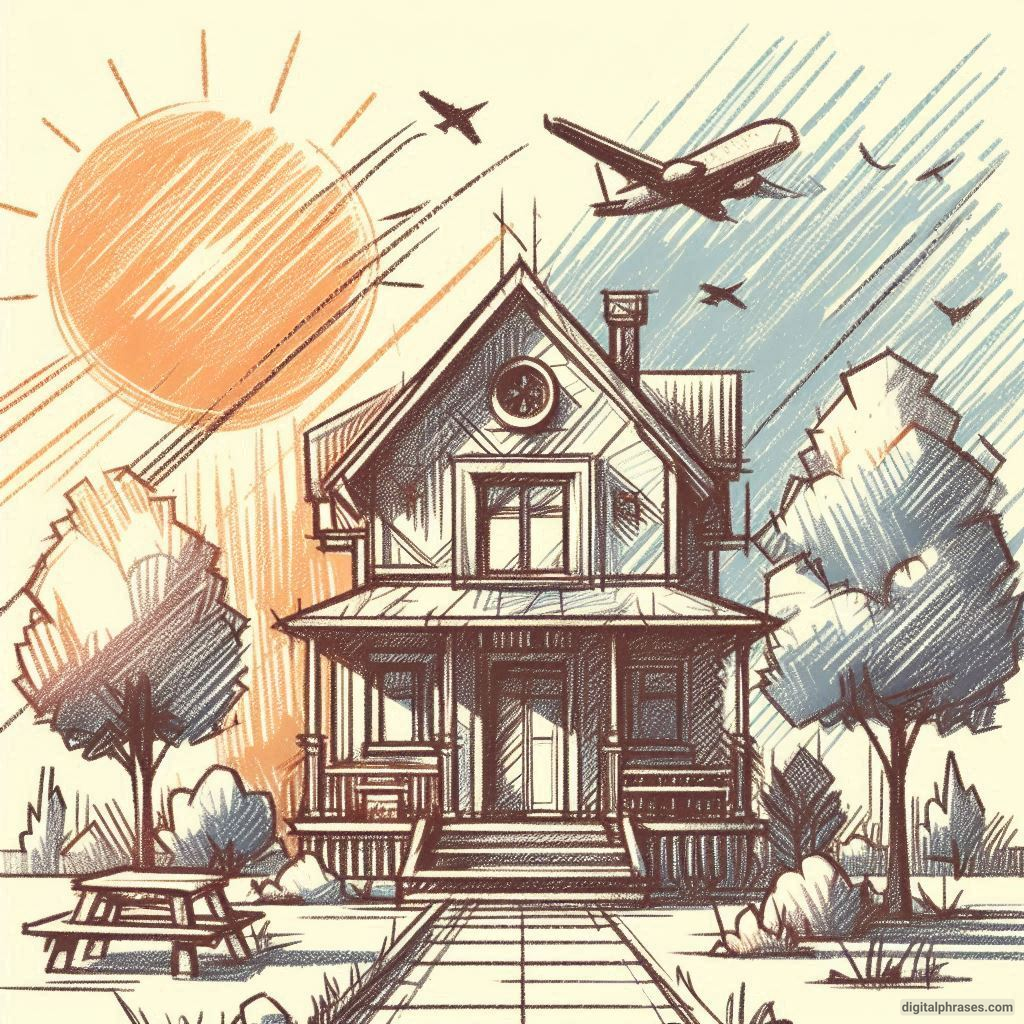
6

7
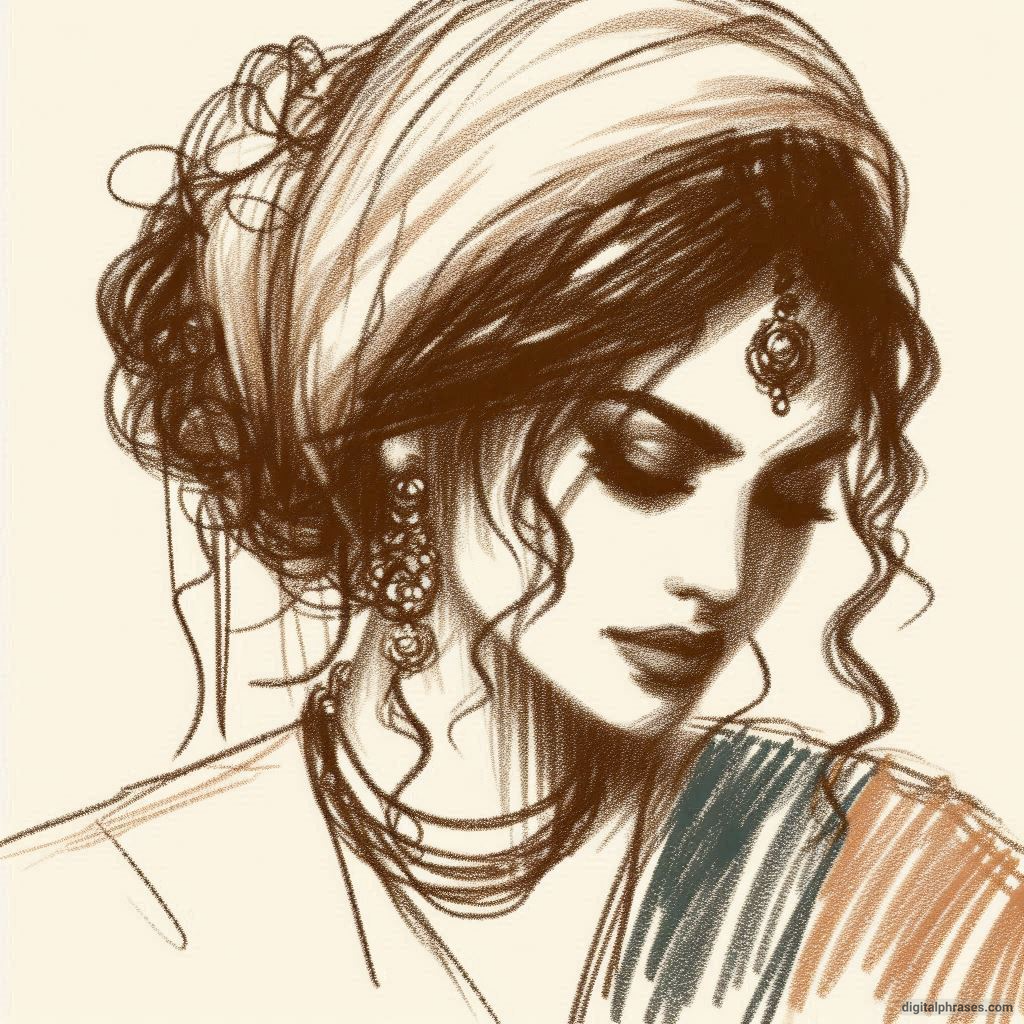
8
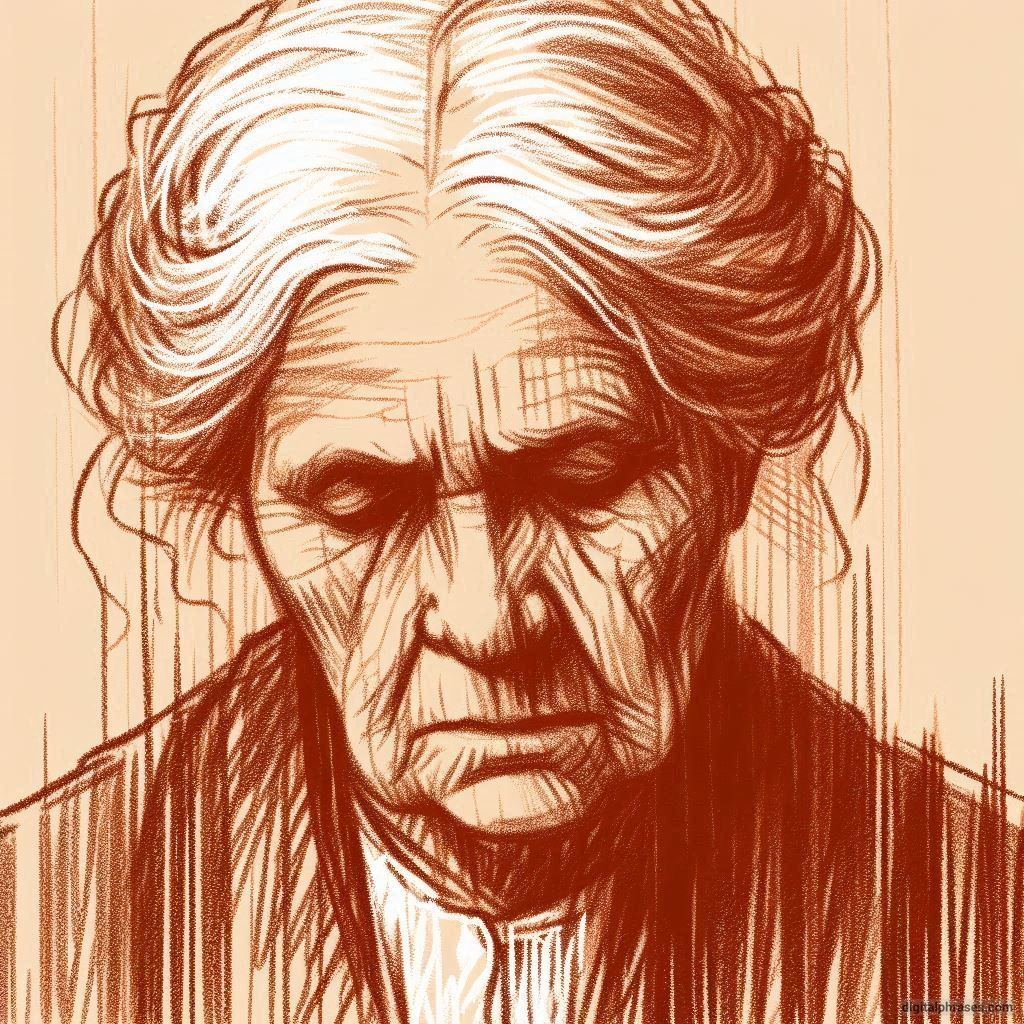
9

10
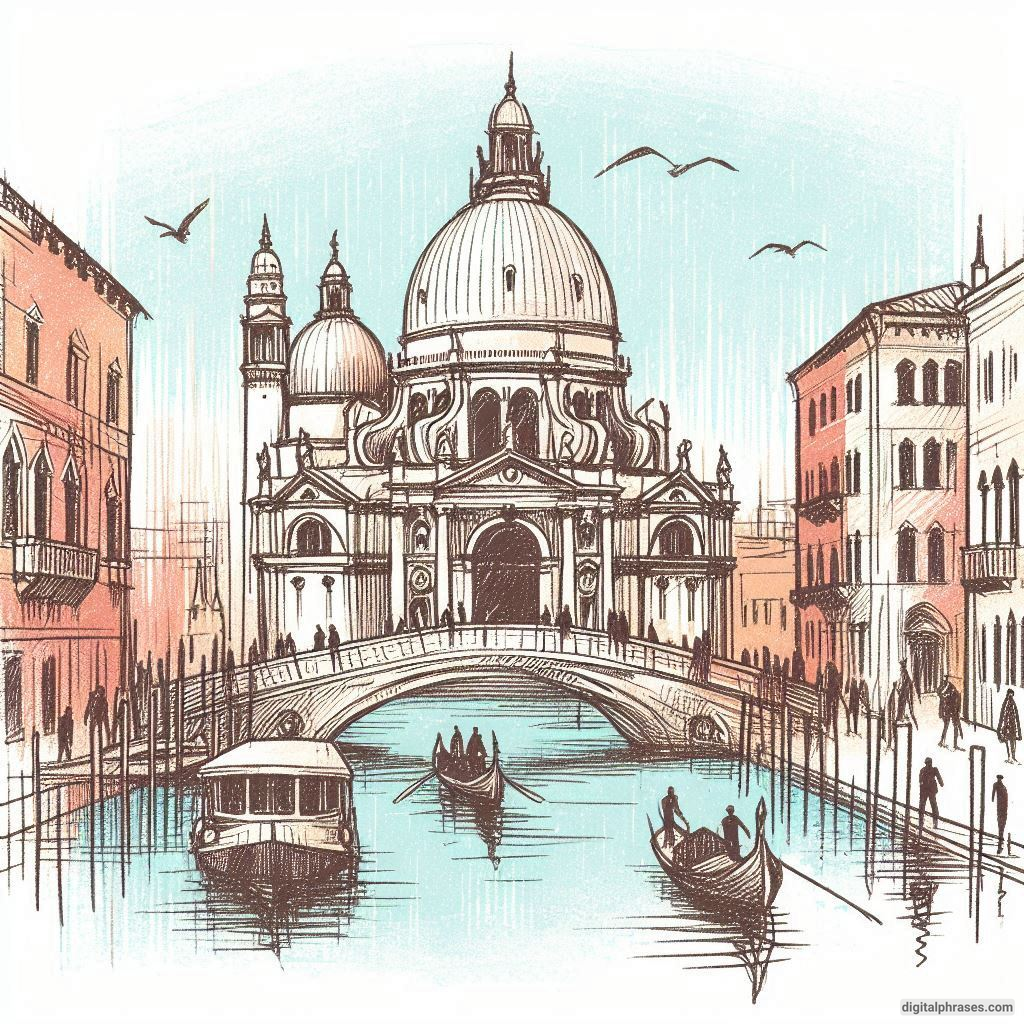
11
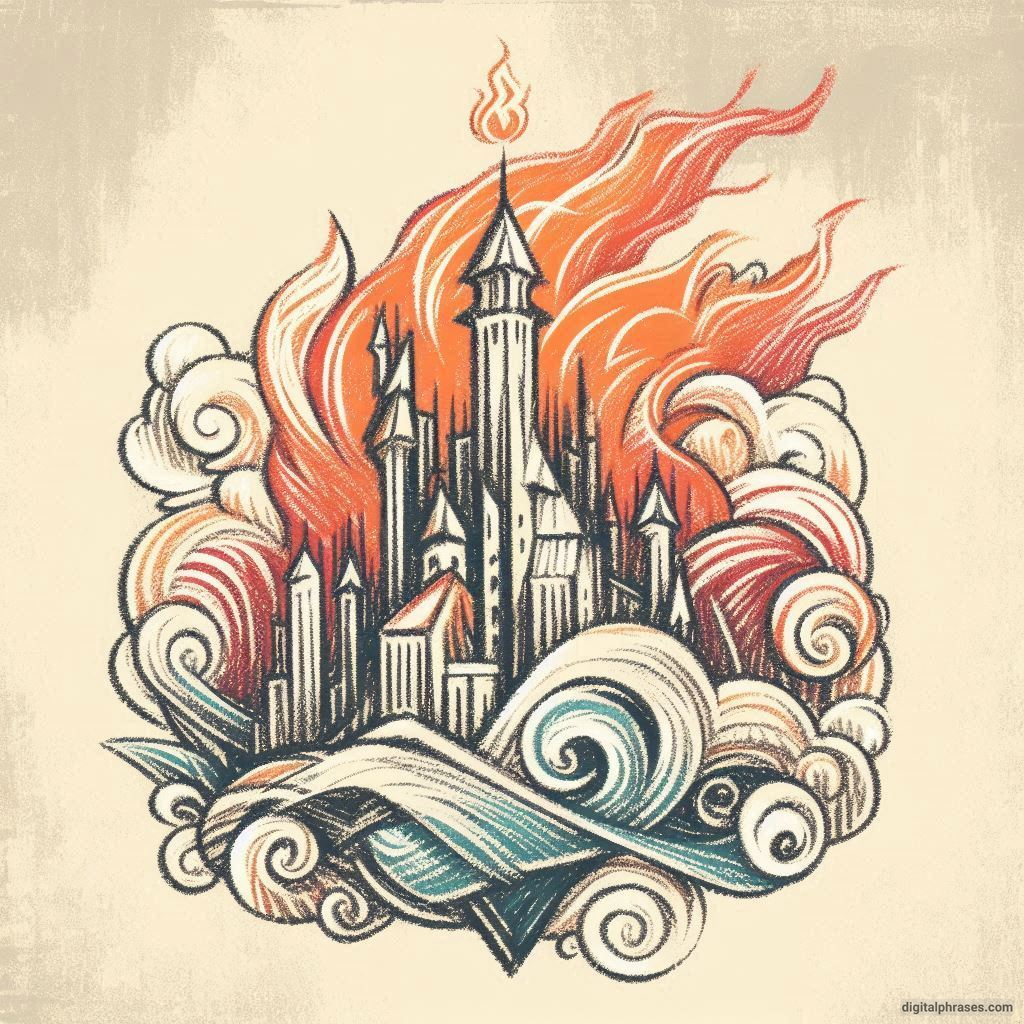
12
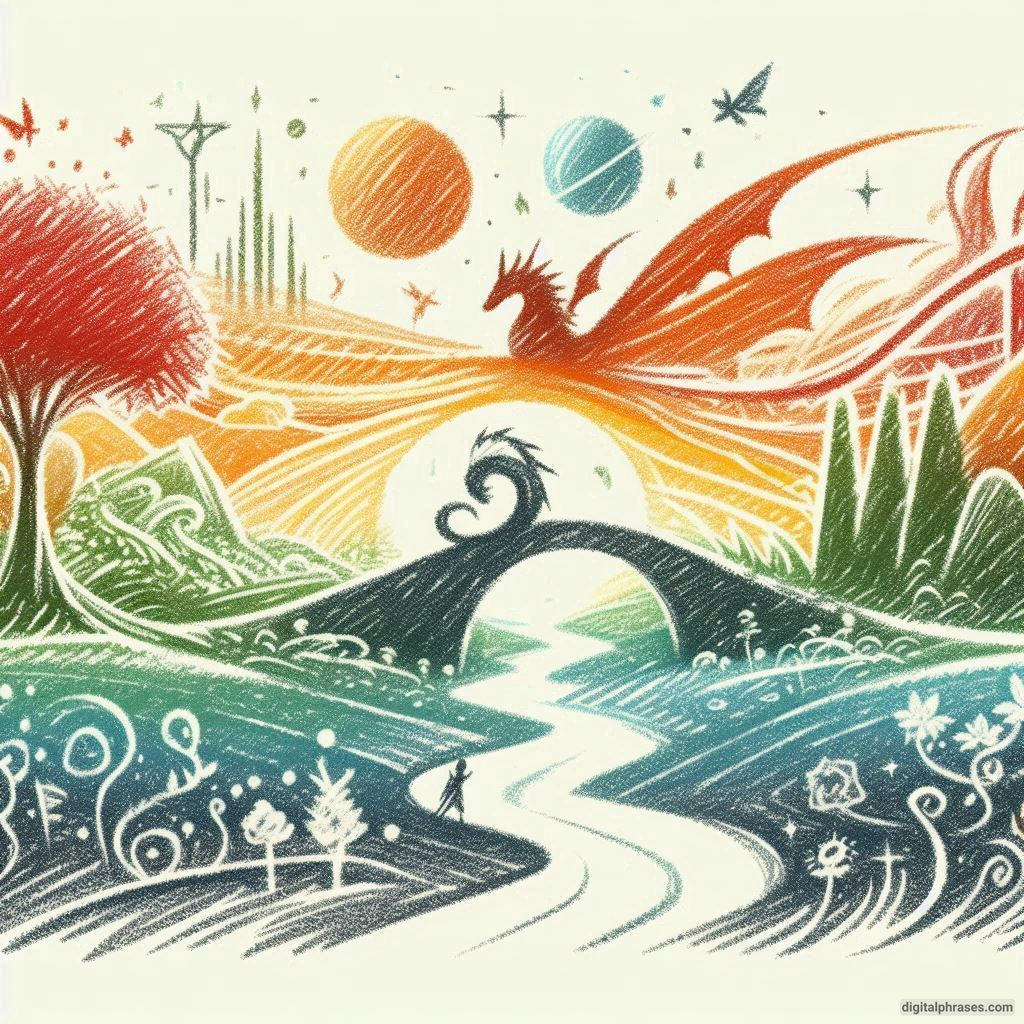
13

14
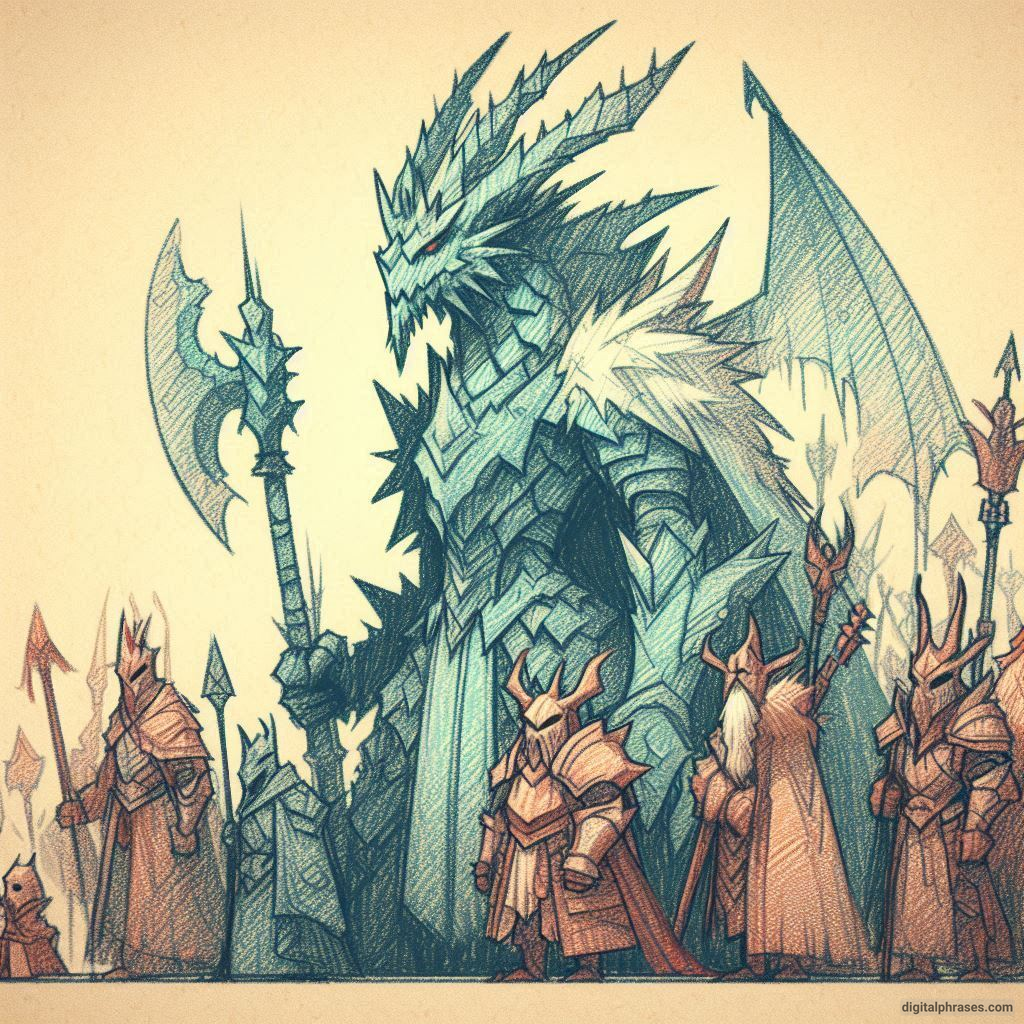
15
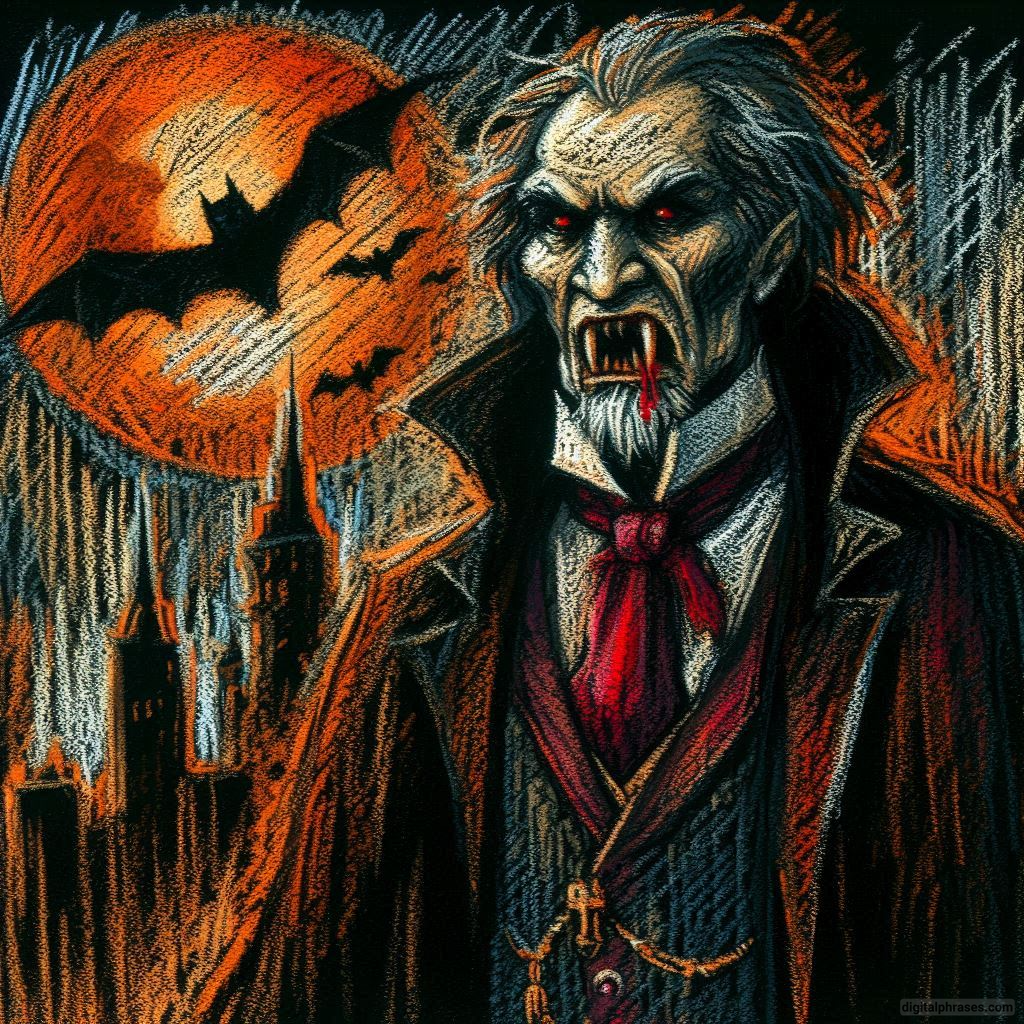
16
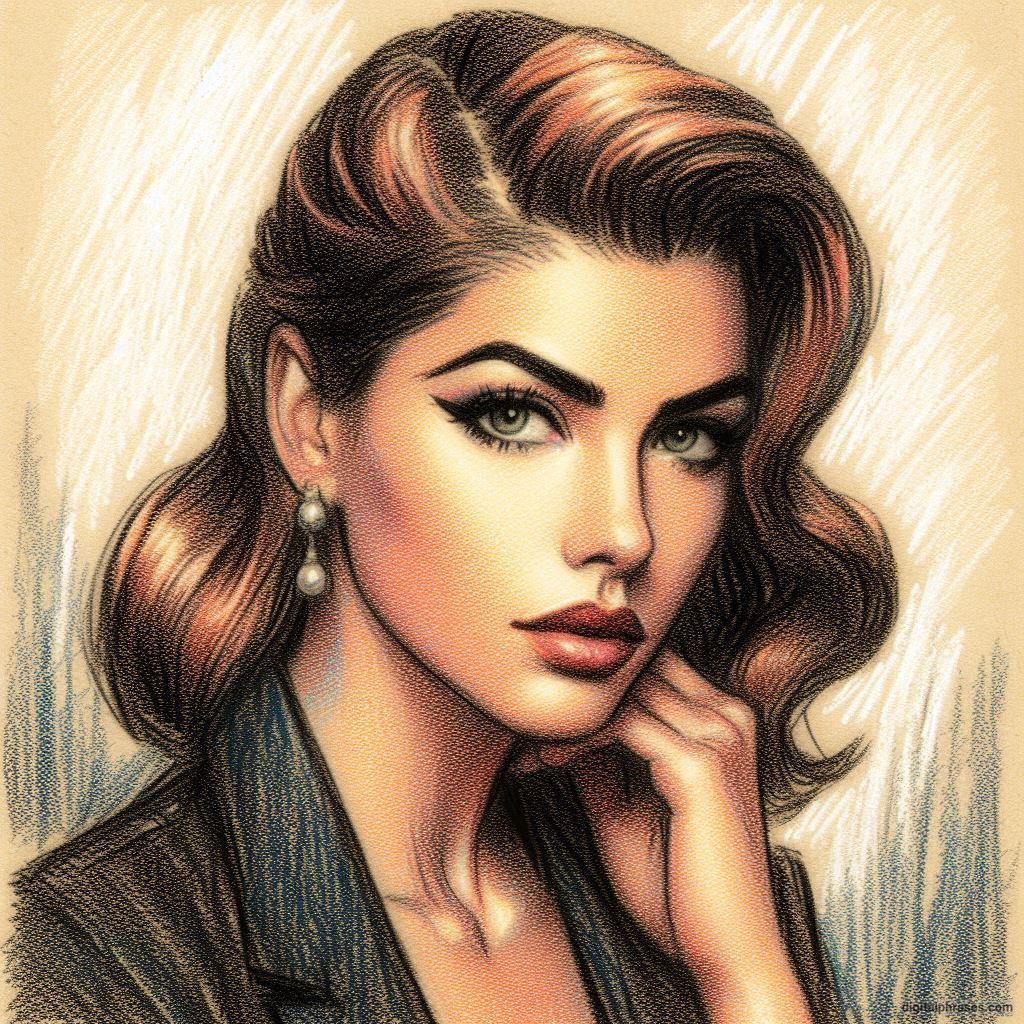
17
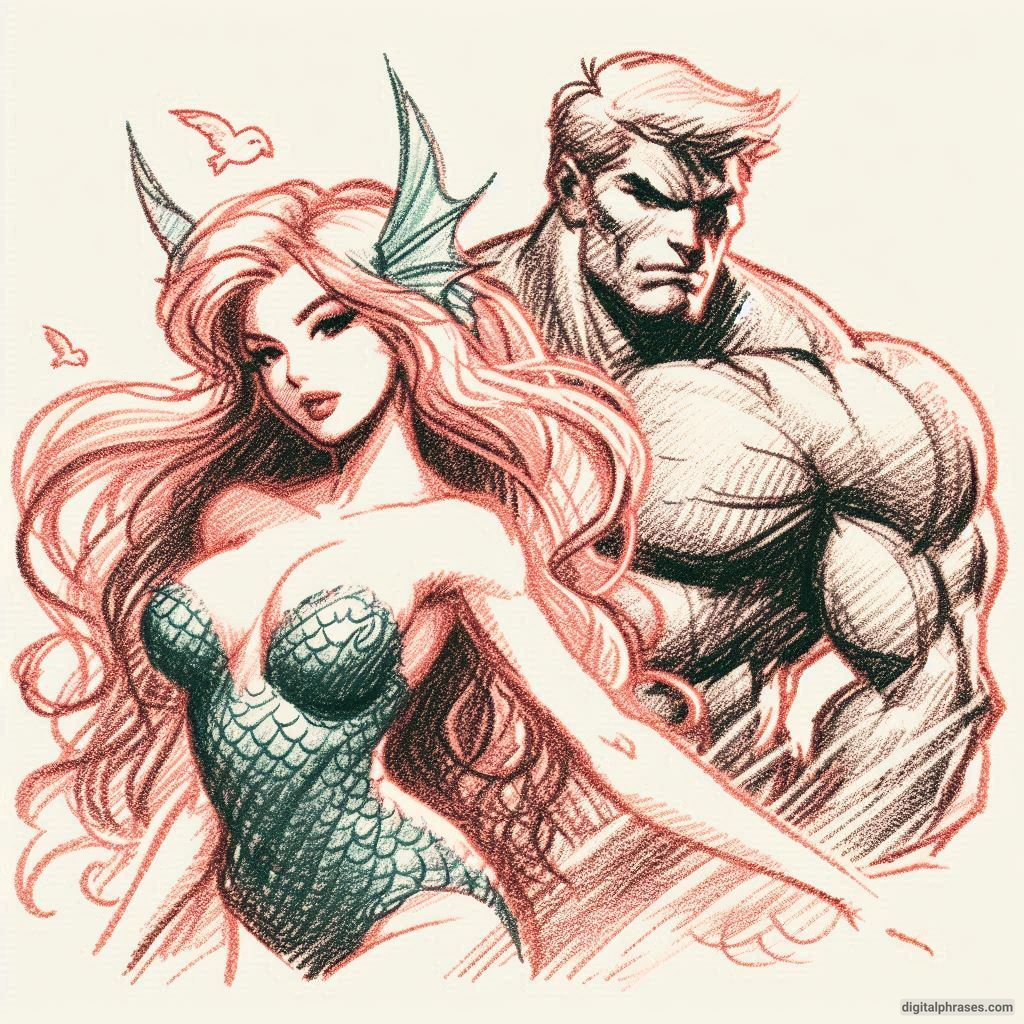
18
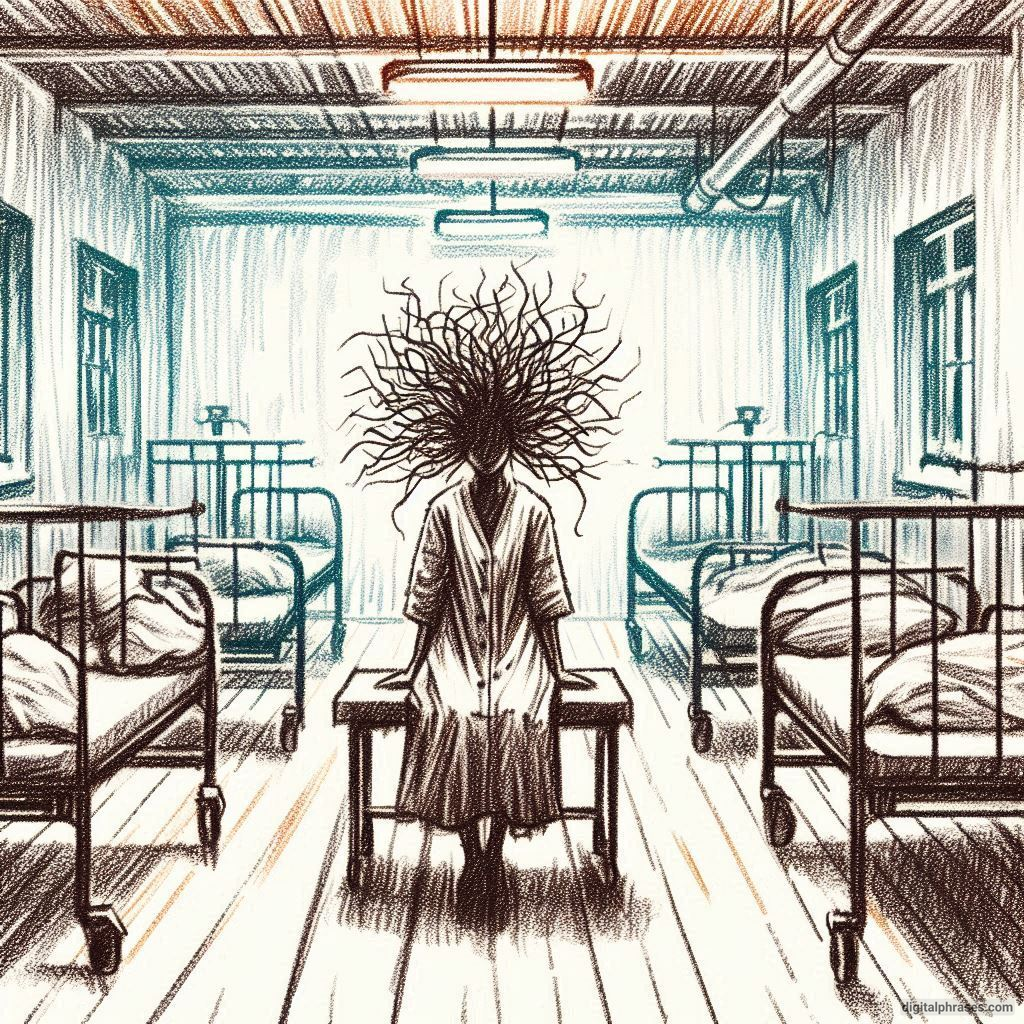
19
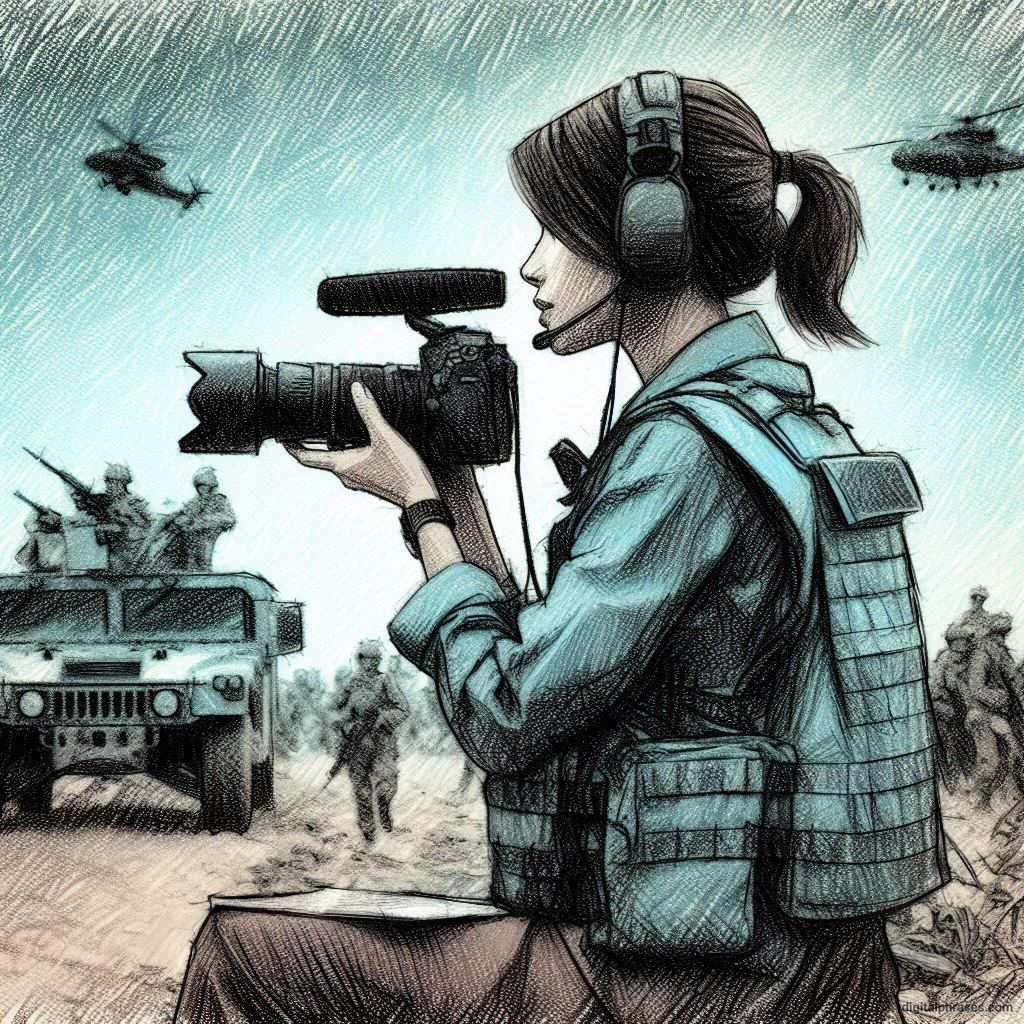
20

Tips To Keep In Mind While Trying These Challenging Sketches
If you’re like me, you’ve probably spent at least a few (okay, maybe several) hours of your life hunched over a sketchbook, trying to summon the drawing gods.
And let’s be honest—sometimes, despite our best efforts, they don’t show up. Instead, we’re left with a sketch that looks more like a confused potato than the majestic lion we envisioned.
But hey, that’s the beauty of these challenging drawing ideas!
They have a way of humbling us, challenging us, and occasionally making us question all of our life choices. Whether you’re tackling intricate portraits, complicated landscapes, or mind-boggling abstract art, we all have those days where nothing seems to go right.
You start with high hopes, and before you know it, you’re erasing the same line for the 56th time, contemplating whether you’re cut out for this whole “art thing” at all.
Don’t worry—I’ve been there.
In fact, I might still be there sometimes. But through plenty of trial and error (and a few too many cups of coffee), I’ve learned a few tips that help me survive those tough drawing sessions.
These tips aren’t going to magically turn your squiggly blob into a masterpiece overnight, but they’ll certainly keep you from throwing your pencils out the window in frustration.
1. Take a Step Back (Literally)
I know what you’re thinking: “Is this tip about avoiding my drawing altogether?” Nope, not quite.
But hear me out. When you’re working on something challenging, it’s easy to get so wrapped up in the tiny details that you lose sight of the bigger picture. That’s when things start to go wrong, and suddenly, your drawing looks like it’s melting before your eyes.
The solution?
Physically step back and look at your artwork from a distance. I’m talking a few feet back. Heck, you could even walk out of the room if you need a real breather (or a snack).
This gives your eyes a break and lets you see the overall composition with a fresh perspective.
Often, you’ll notice things you didn’t catch when you were nose-to-paper, and it might even stop you from erasing that same line for the 57th time.
2. Pencil: Light First, Heavy Later
You know how they say “don’t put all your eggs in one basket”? Well, in drawing terms, don’t put all your pressure into your first lines!
I can’t tell you how many times I’ve gone full force with my pencil, only to realize later that I’ve basically engraved the wrong lines into my paper.
Now, those mistakes are permanent, mocking me with every eraser swipe.
The key here is to start lightly—so lightly that your pencil is practically whispering on the paper.
You can always darken your lines later, but starting light gives you room for adjustment. Think of it as sketching a ghost version of your drawing, and then gradually bringing it to life. Trust me, your eraser (and your sanity) will thank you.
3. Don’t Let Proportions Be Your Nemesis
Ah, proportions. The ultimate frenemy of every artist. One minute, you think you’ve nailed them, and the next, your drawing looks like a funhouse mirror version of reality.
If you’ve ever tried to draw a human figure and ended up with something resembling a potato with limbs, you know the struggle is real.
When tackling tricky proportions, there’s no shame in using tools to help.
Grids, guidelines, or even lightly sketching basic shapes (circles, rectangles, triangles) can make a huge difference. These tools aren’t cheating; they’re scaffolding for your masterpiece.
Another pro-tip: constantly compare sizes. For instance, if you’re drawing a face, check how many “eye lengths” fit across the head. Proportions are all about relationships between different parts, so make sure you’re comparing them as you go.
4. Embrace the Ugly Phase
I can’t stress this enough: every drawing goes through an ugly phase. You know what I’m talking about—that stage where your work looks like it could only be appreciated by your mom and your dog (and maybe not even your dog).
But here’s the secret: don’t panic. That awkward middle stage is part of the process, not a sign of failure. It’s like the artistic equivalent of puberty; things are a little weird, but it’ll get better.
The key here is persistence. It can be tempting to abandon your drawing when it’s in the “potato phase” and start over, but often, you just need to push through to the other side.
Keep refining, adding details, and correcting mistakes.
Eventually, your drawing will emerge from its awkward stage into something you’re proud of. And if not, well… at least your mom will still like it.
5. Use Reference Images (But Don’t Become a Slave to Them)
When I first started drawing, I thought using reference images was cheating. Surely, “real” artists just pulled amazing drawings out of thin air, right?
Wrong!
Reference images are your best friend when tackling tough drawings, especially when you’re trying to get accurate details, lighting, or anatomy.
That said, don’t become a carbon copy machine. Use the reference as a guide, but give yourself some creative freedom to interpret or exaggerate things.
Your reference is a starting point, not a set of artistic handcuffs. And if you’re drawing from multiple references, try combining elements from each to create something new and unique.
6. Give Yourself Permission to Mess Up
Let’s get one thing straight: you’re going to make mistakes. Lots of them. Maybe even several in the same drawing session (gasp!). And that’s okay.
Art is about experimenting, and not every experiment is going to turn out the way you planned.
Some mistakes will be happy accidents (thank you, Bob Ross), while others will just be… mistakes. But all of them are opportunities to learn.
So give yourself a break. Let go of the idea that everything you create has to be perfect. Art is messy, and sometimes that messiness is what makes it interesting.
If you’re too focused on avoiding mistakes, you’ll miss out on the joy of discovering new techniques, styles, and creative solutions.
Besides, nobody has to know about that failed drawing you crumpled up and threw into the trash. (I won’t tell if you don’t.)
7. Color Courageously, but Thoughtfully
When it comes to color drawings, there’s a fine line between courage and chaos. On one hand, you want to be bold—color can add so much life to a drawing.
But on the other hand, throwing every shade in the rainbow onto your canvas can quickly turn into a muddy mess. Been there, done that.
Before diving in with your colors, take a moment to plan your palette. Think about the mood you want to convey and how different colors interact with each other.
You don’t need to use every crayon in the box—sometimes less is more. And always remember: you can build color slowly. Start with light layers and gradually build up to more intensity.
That way, you can control the saturation and prevent things from going off the rails.
8. Know When to Walk Away (Temporarily)
We all hit walls when drawing—those moments when you stare at your sketch and it stares back, mocking you with its stubborn imperfection. In these moments, it’s easy to keep pushing, thinking that sheer force of will can make everything magically fall into place.
Spoiler alert: it usually doesn’t.
Sometimes the best thing you can do for your drawing is to step away from it. Give yourself a break, go for a walk, grab a coffee, or indulge in a Netflix binge (no judgment here).
When you come back, you’ll have fresh eyes and a clearer mind, and chances are, the solution to that tricky part will reveal itself more easily.
9. Learn to Love the Process, Not Just the Outcome
This is probably the hardest lesson for me to learn, but it’s also the most rewarding.
As artists, we’re often so focused on the final product that we forget to enjoy the actual act of drawing.
But here’s the thing: art is a journey, not a destination. (Okay, that’s cheesy, but stick with me.)
Tough drawings are frustrating, but they’re also where we grow the most. Each mistake, each erased line, each “ugly phase” is teaching us something, even if we don’t realize it in the moment.
So try to embrace the process, imperfections and all. After all, the struggle is half the fun—right?
Right?
At the end of the day, no matter how tough a drawing is, it’s all part of your artistic adventure.
So grab your pencils, brace yourself for the challenge, and remember: even if it looks like a potato now, it might just turn into a masterpiece later.
And if not, there’s always next time!


